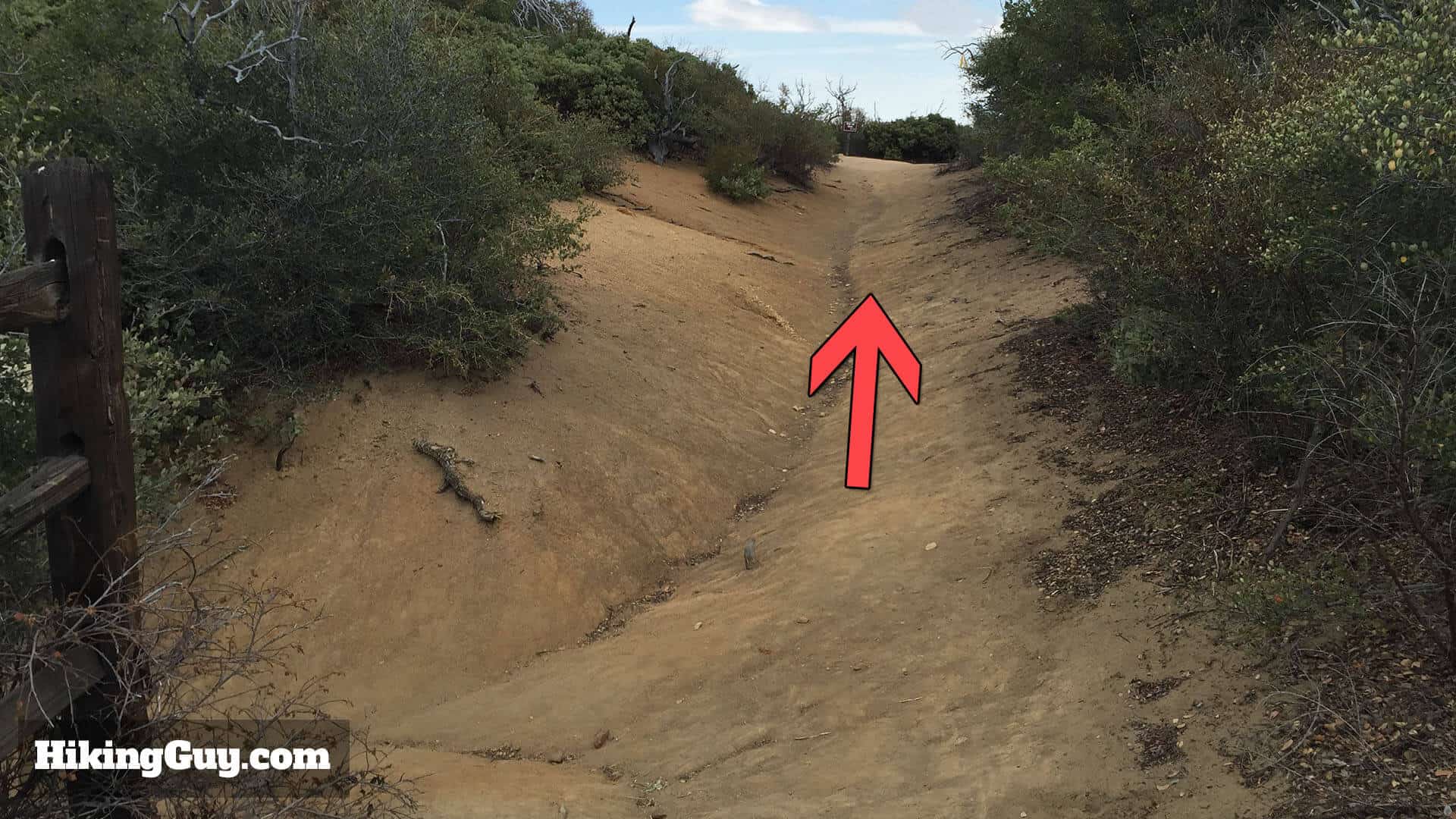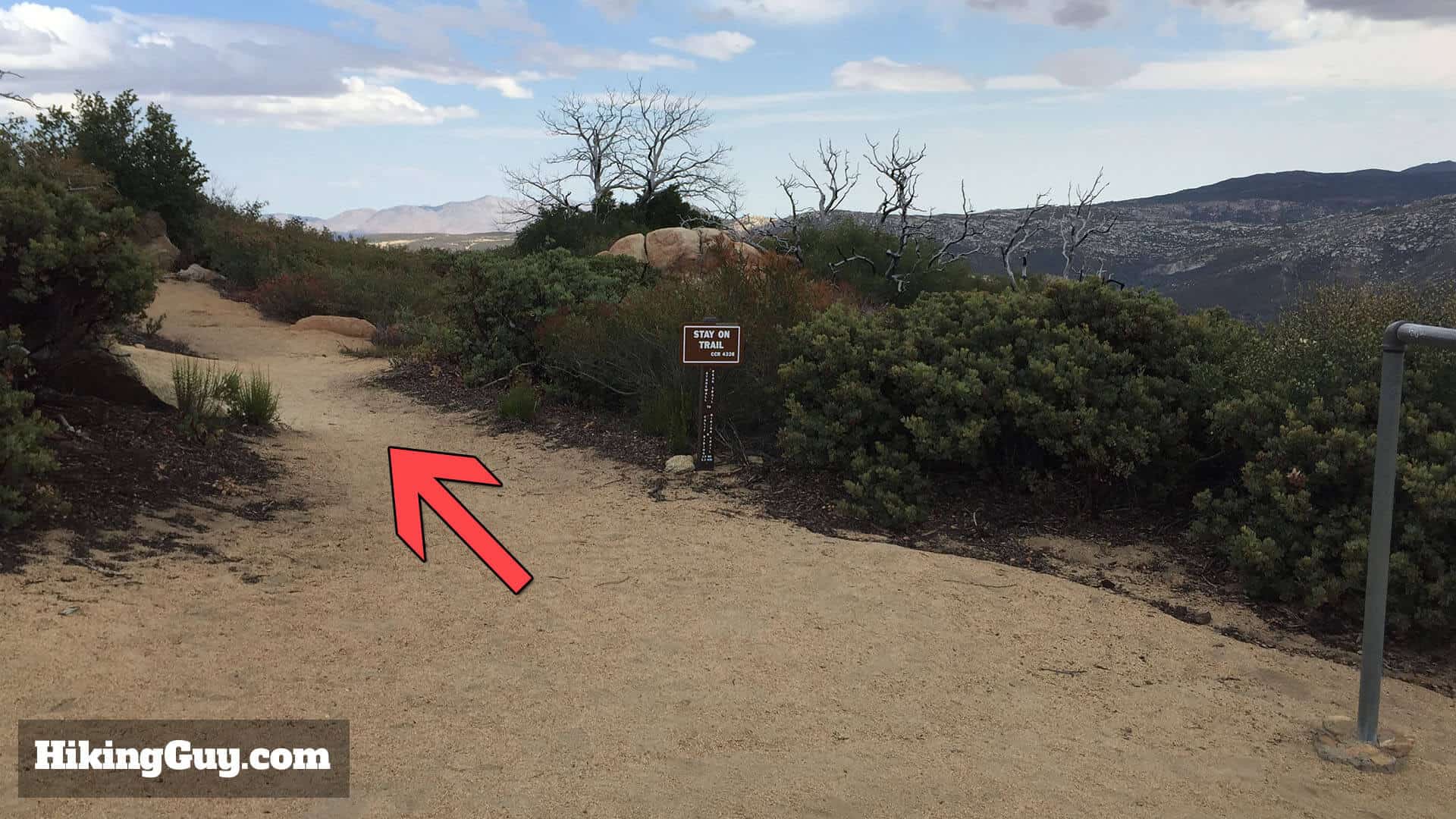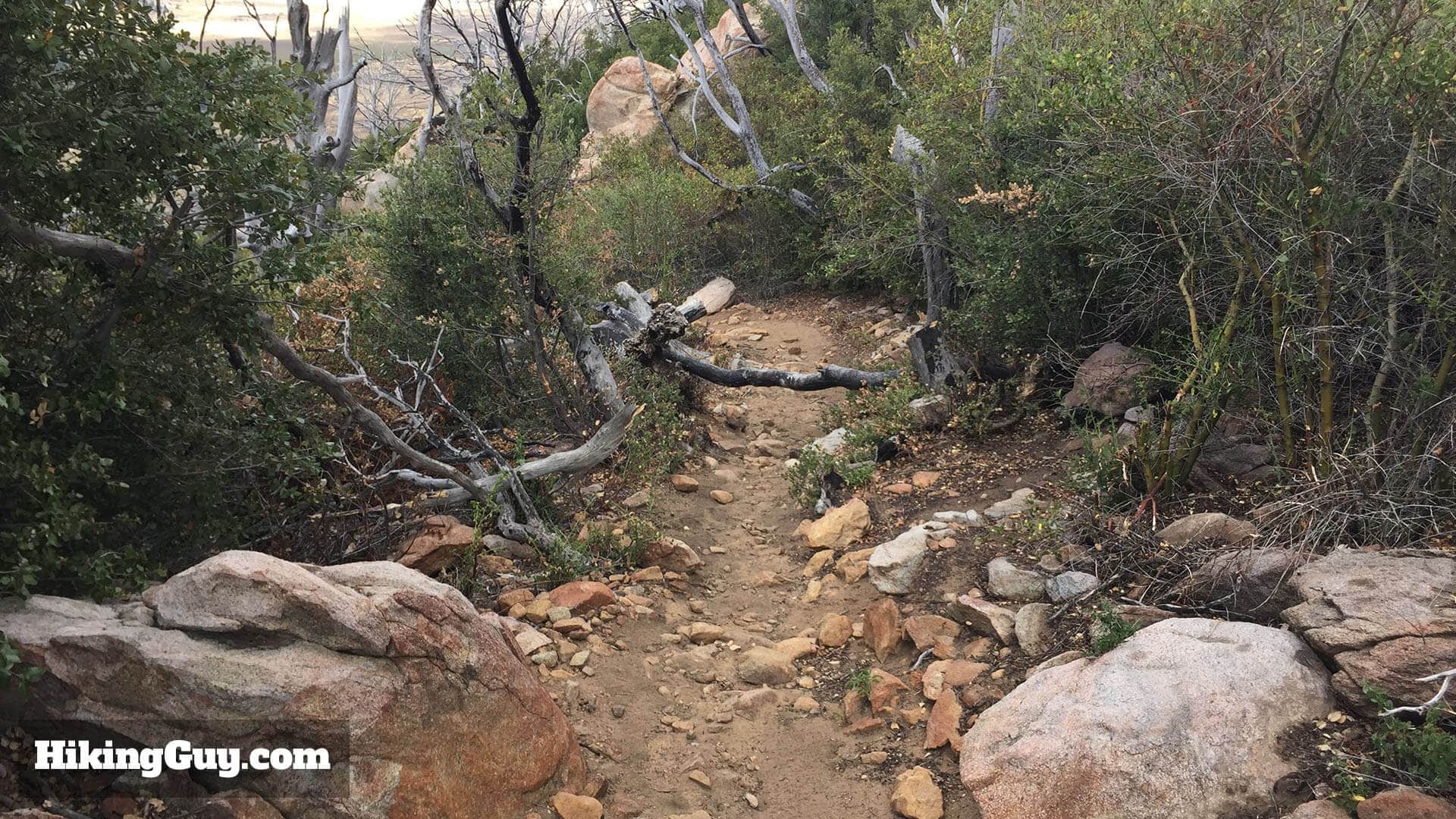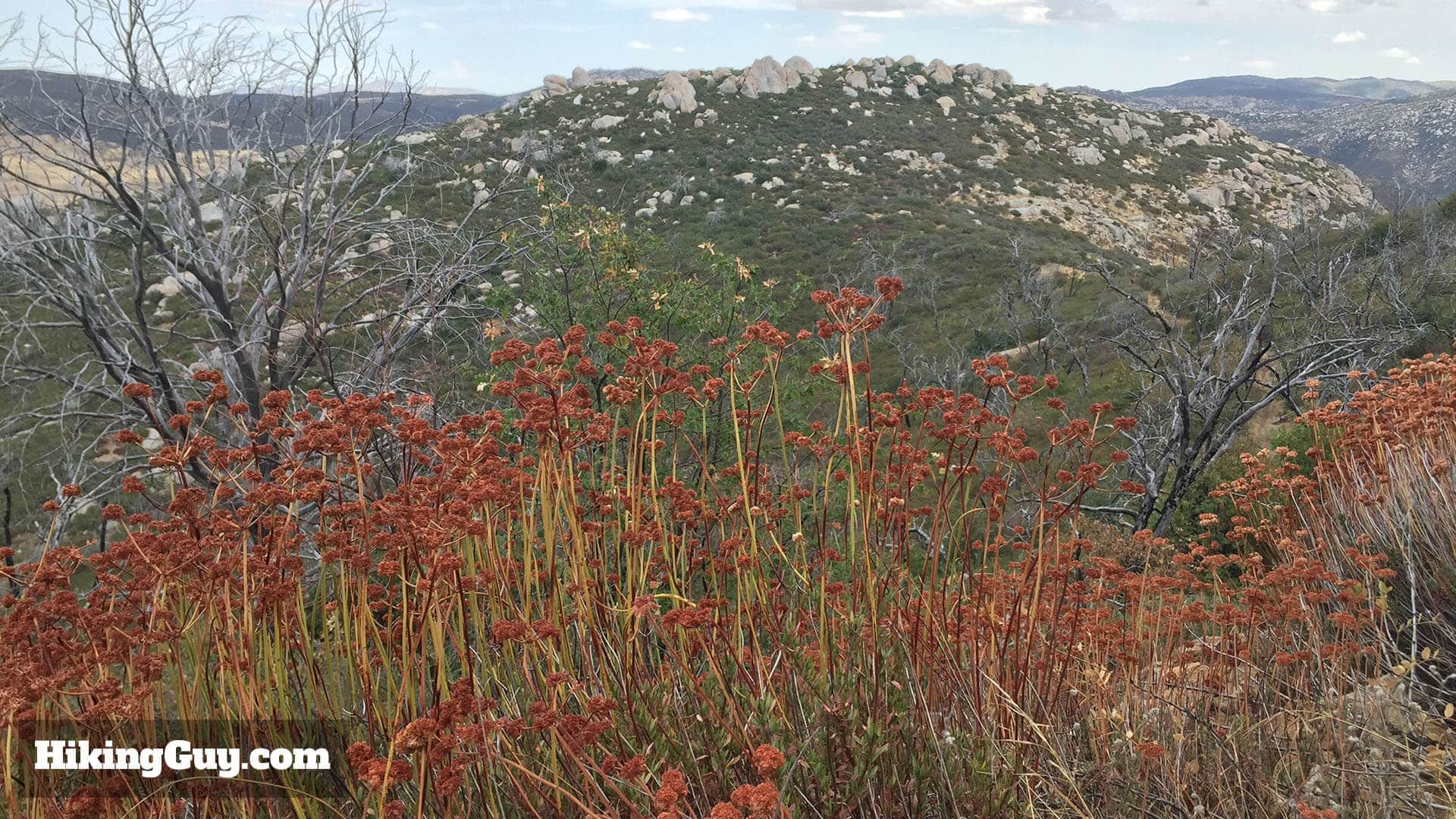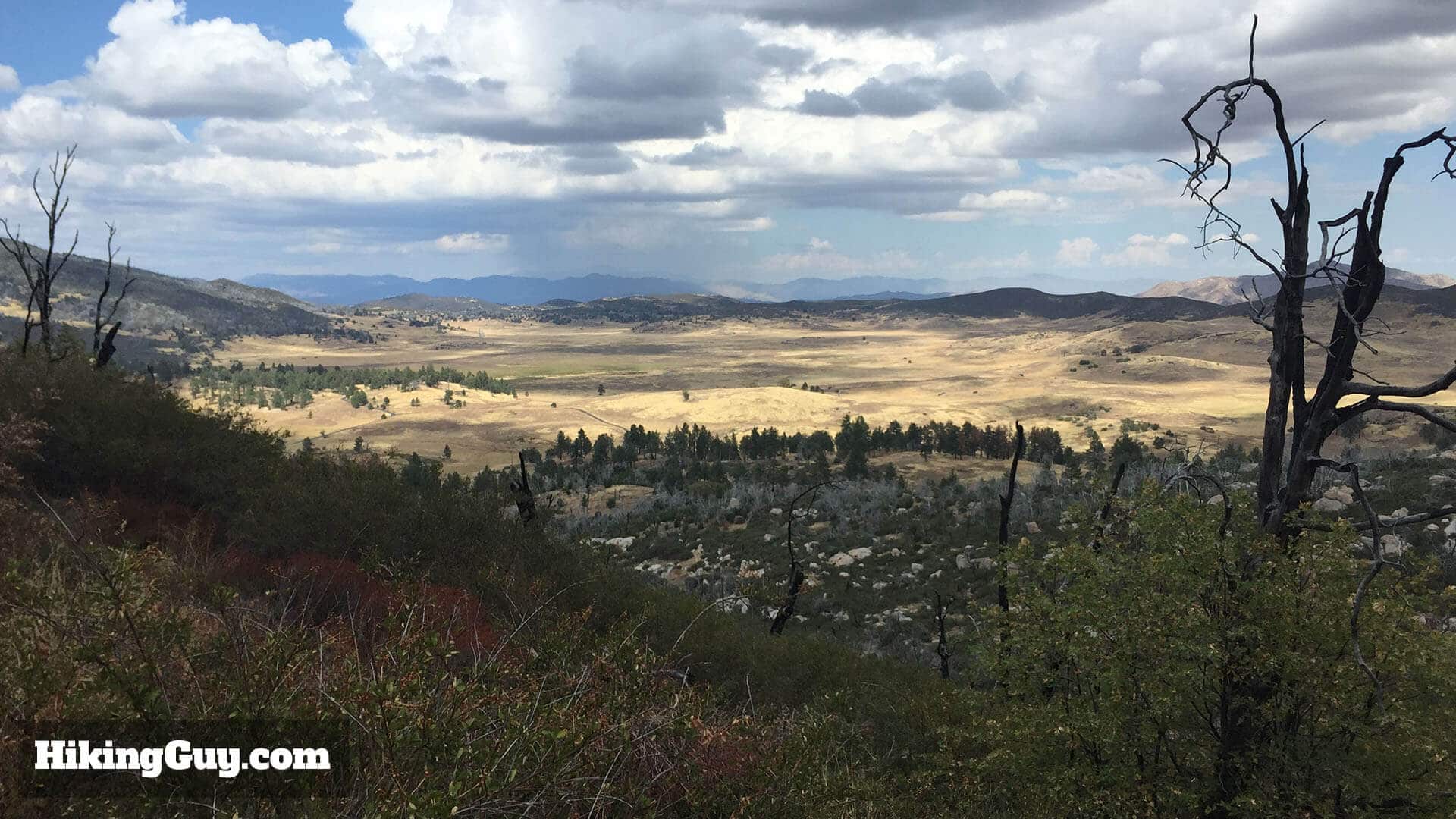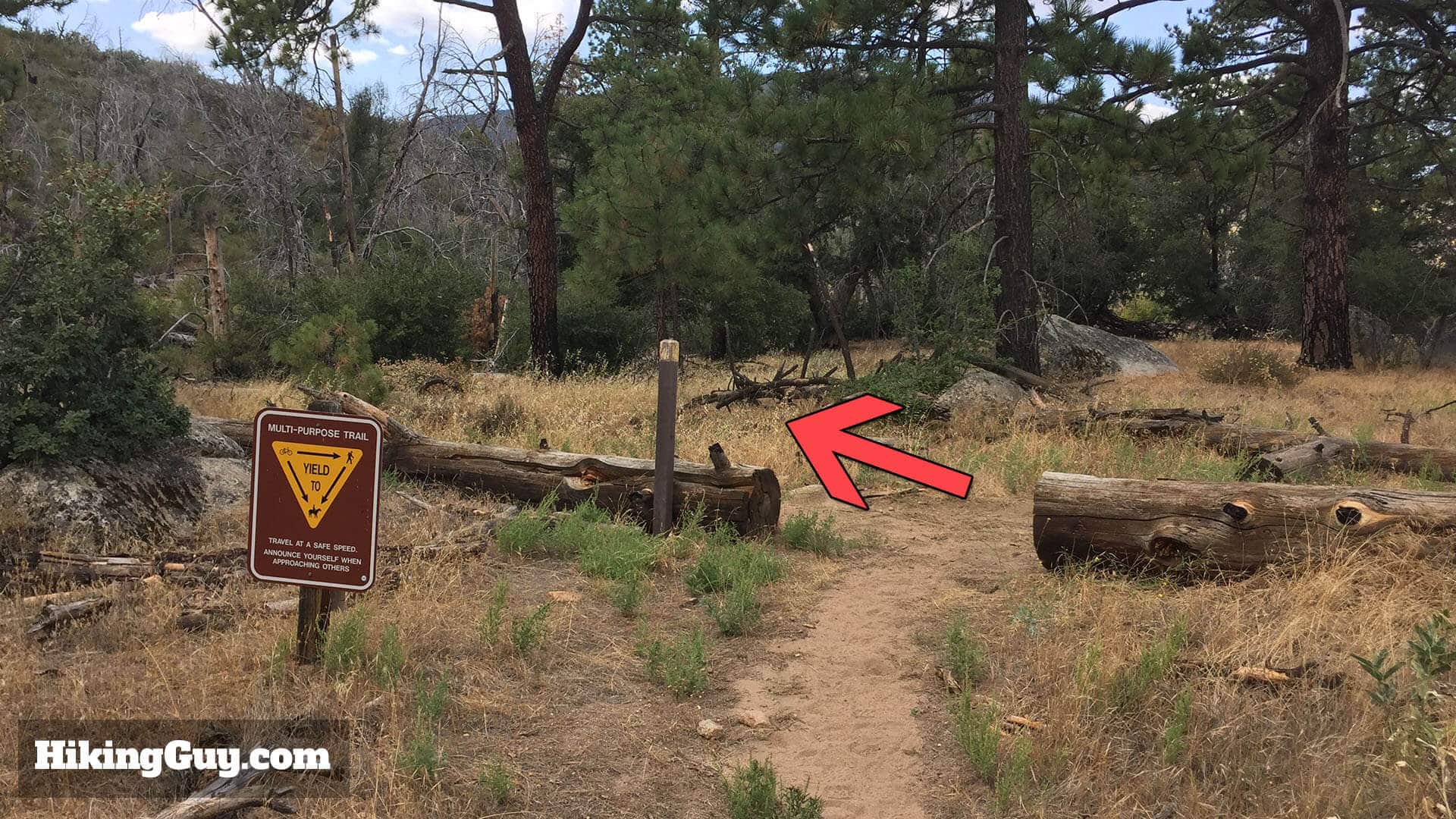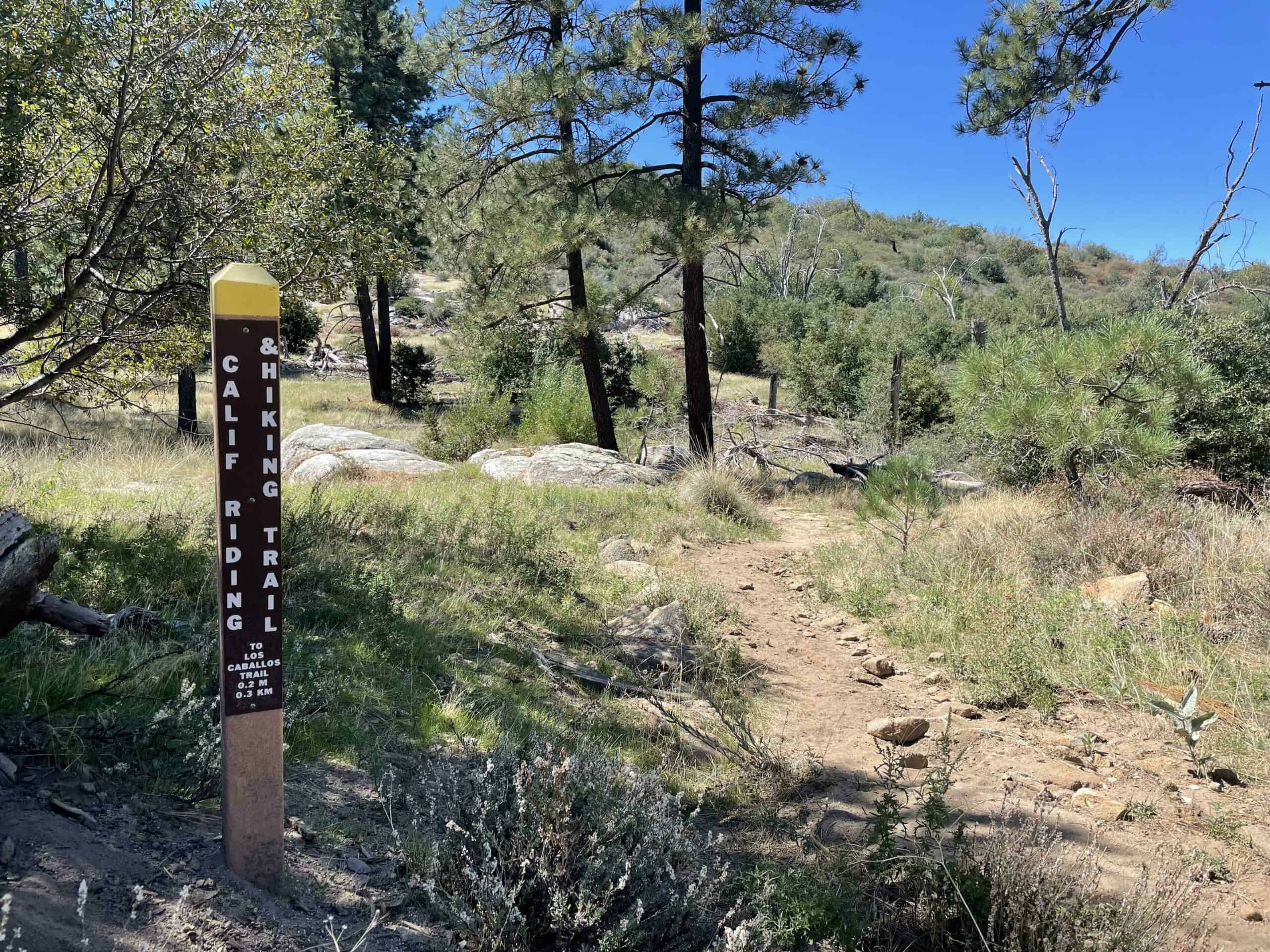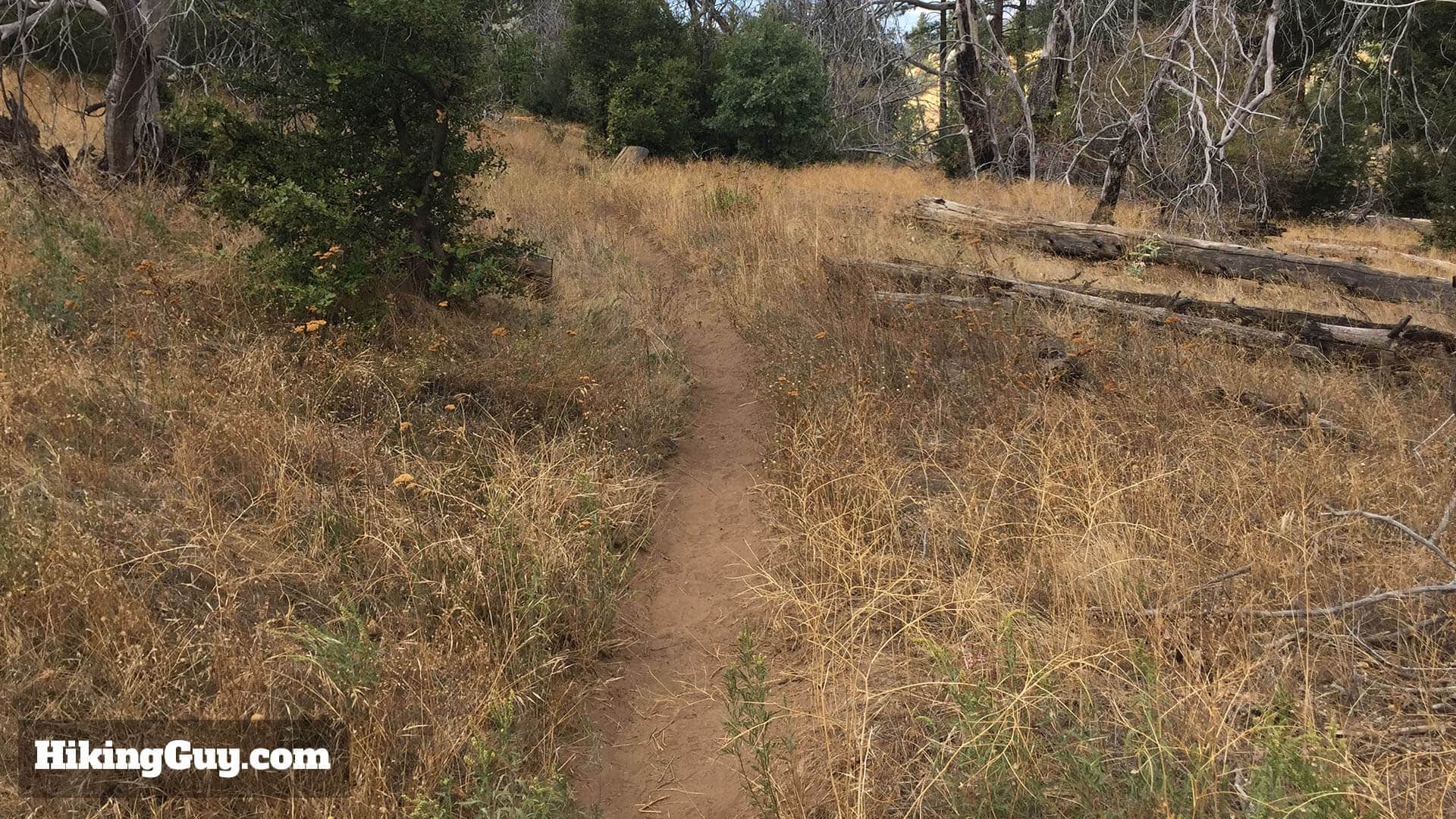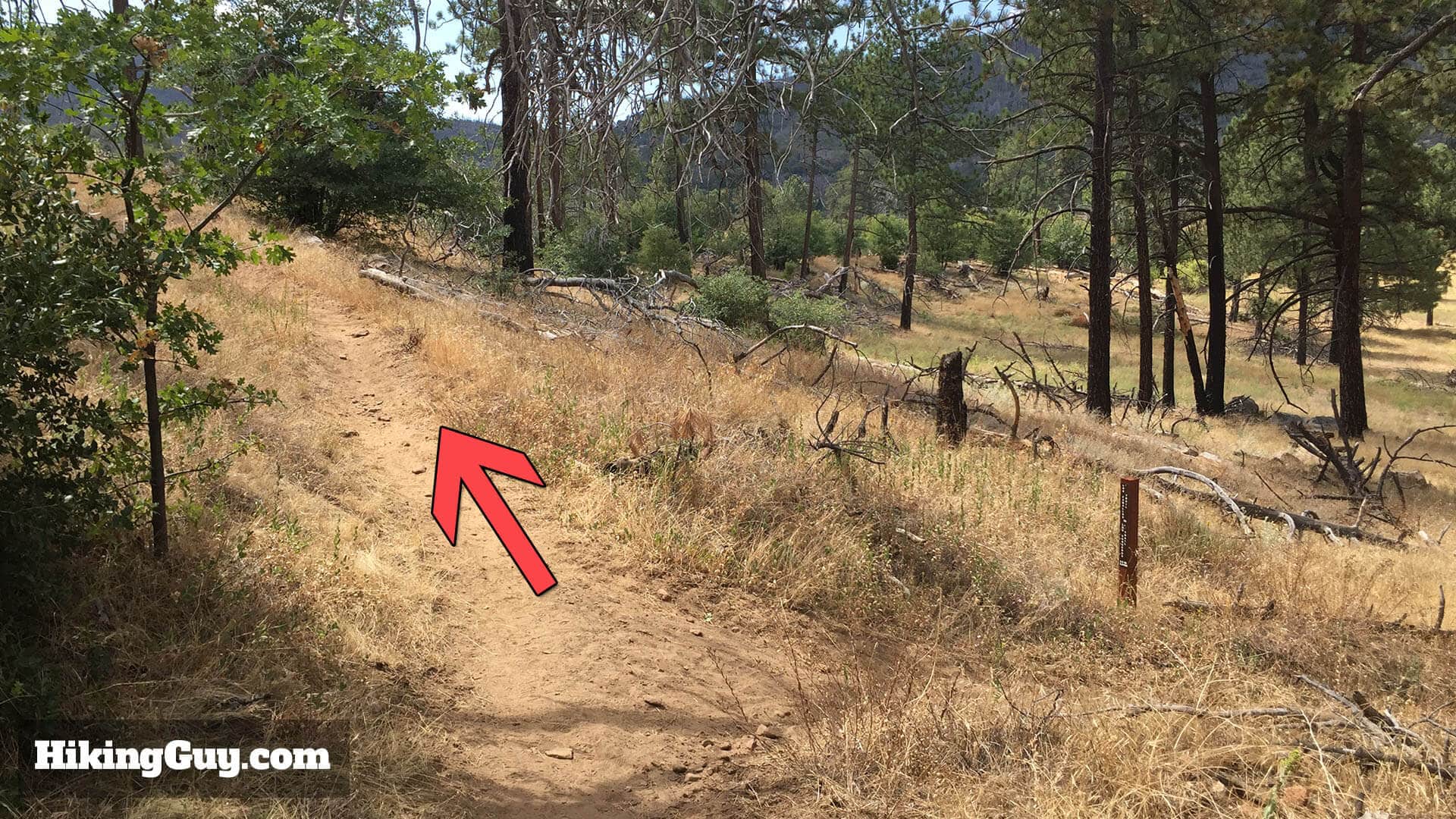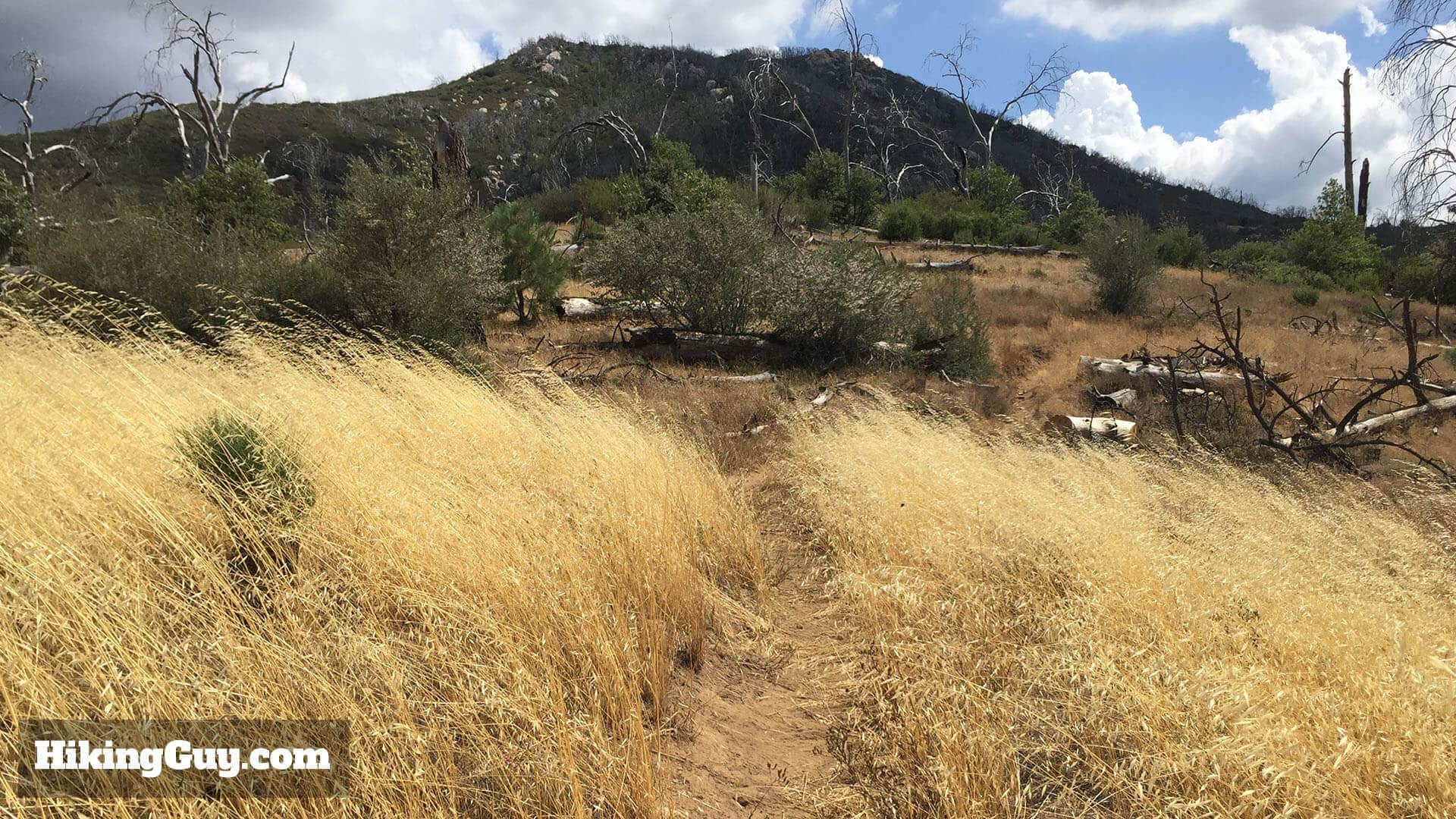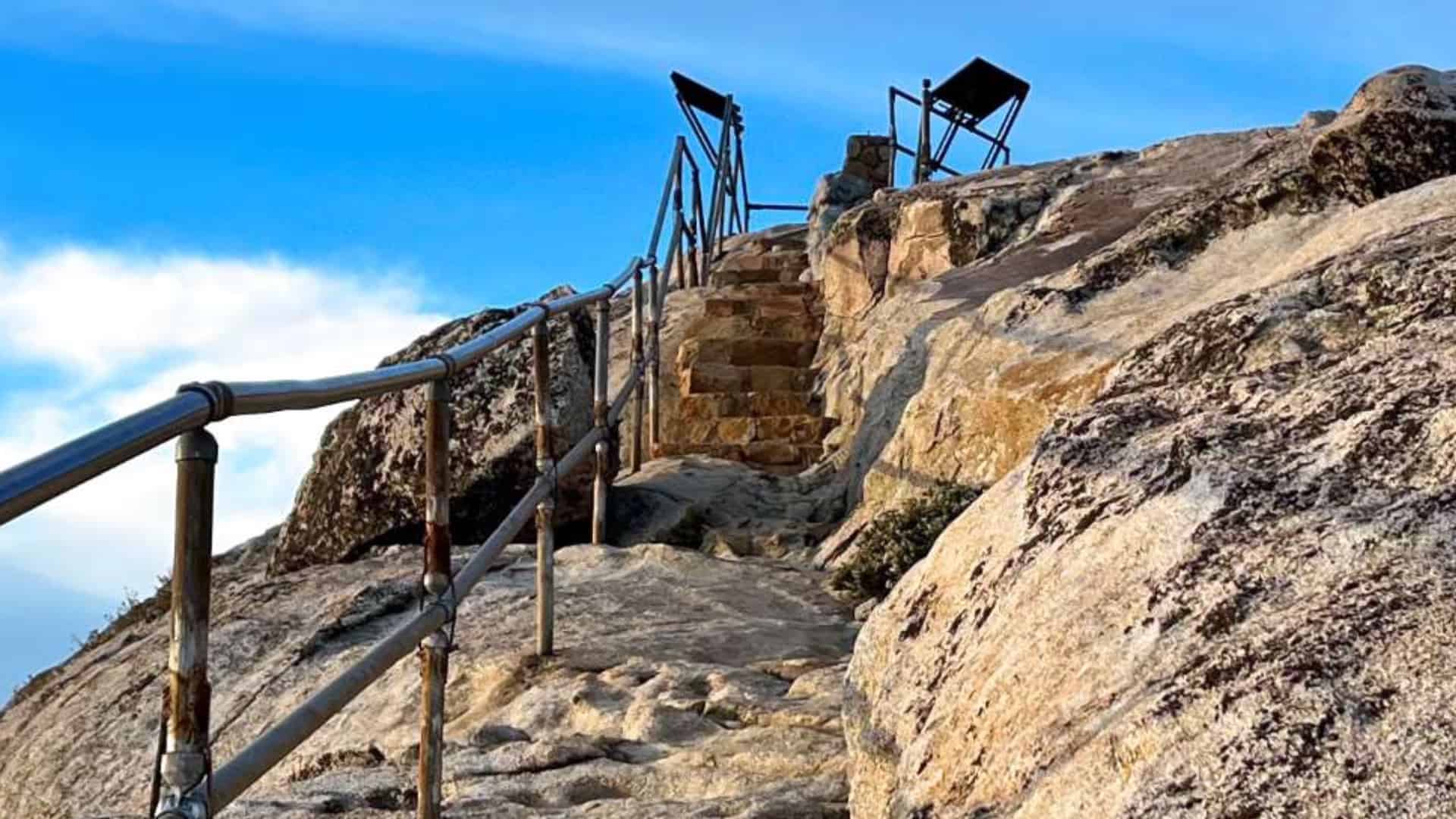
Hiking Stonewall Peak Trail
Hike Stats
- Total Distance
- 4.2 miles
- Time
- 2 Hours
- Total Climbing
- 830 feet
- Difficulty
- Moderate
- Crowds
- Moderate
- Dogs
- No Dogs
- Gear
- What I Use
- Weather
- Latest Report
It's easy to see why the Stonewall Peak Trail is the most popular hike in Cuyamaca Rancho State Park. It's a climb, but not too tough. And at the top, there's a unique bald granite summit that offers panoramic views of high peaks, lakes, and desert. The hike is a relatively short out-and-back, but if you want to make it a nice loop with views of Lake Cuyamaca, I have directions for that too.
Where is the Stonewall Peak Trail?
The Stonewall Peak Trail is in Cuyamaca Rancho State Park, and there's an entry fee. Park in the campground day use lot, and then cross the street to start the hike. Use this GPS address to get to the trailhead:
Paso Picacho Campground, Julian, CA, 92036, USA.
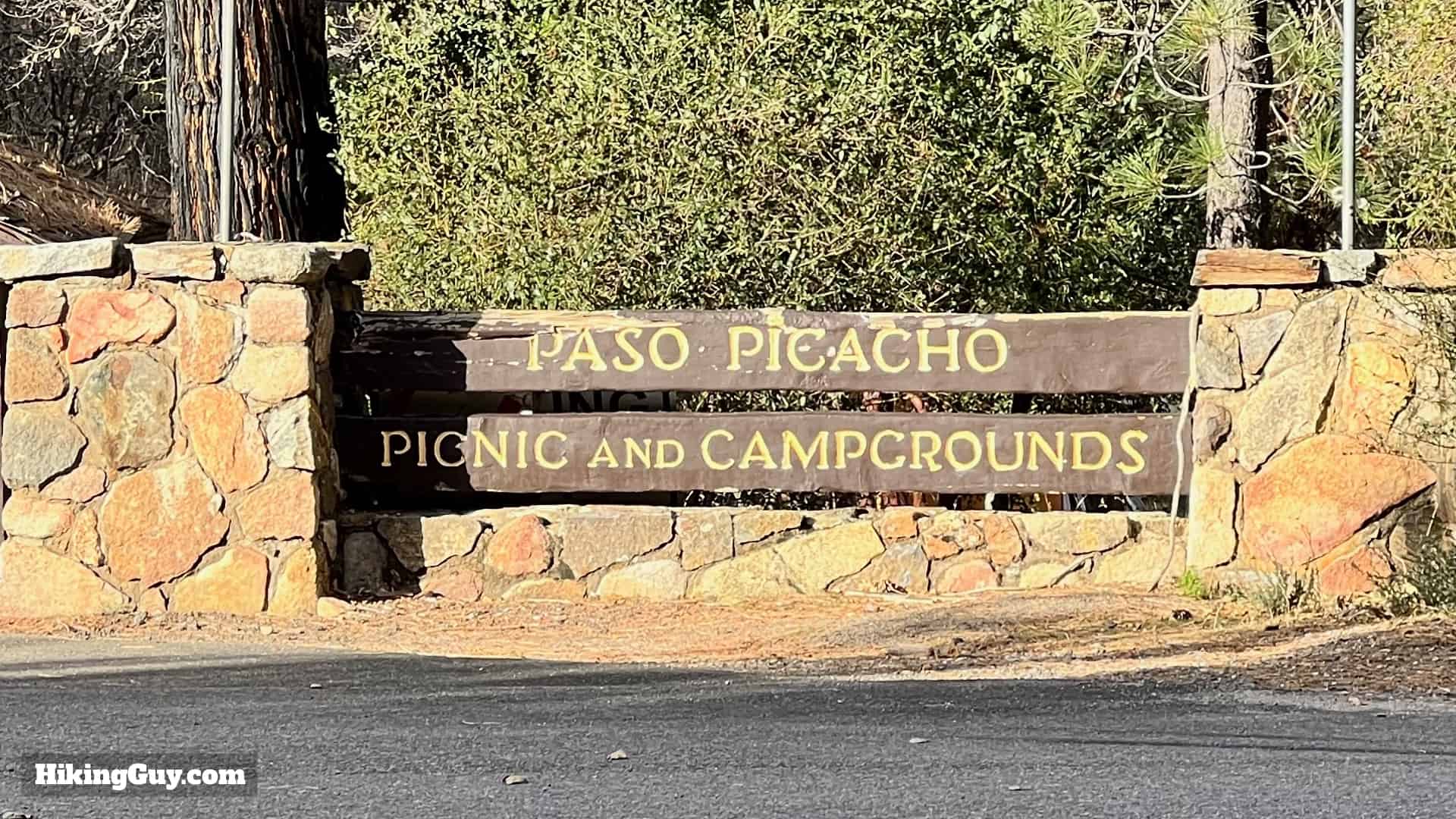
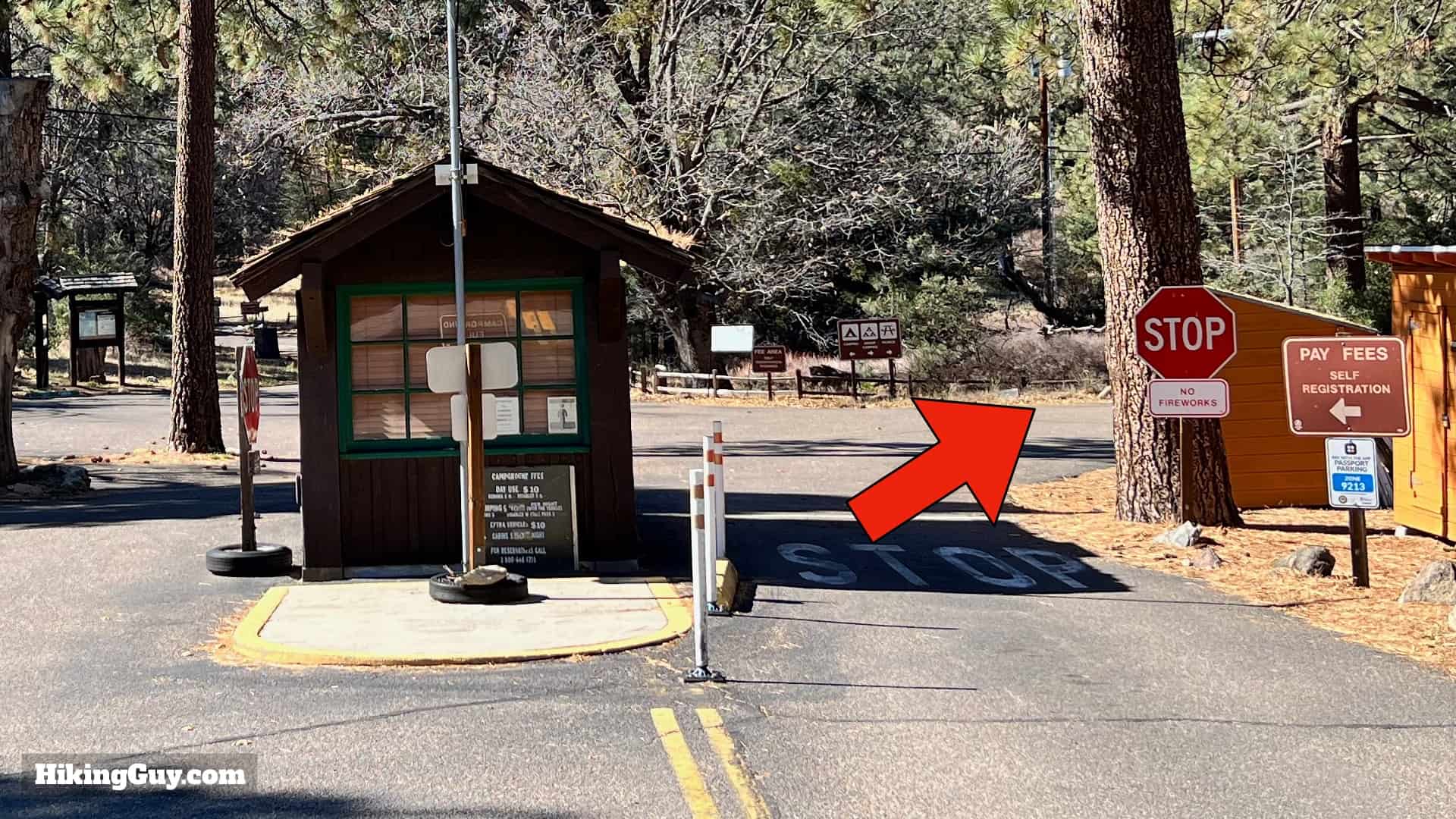
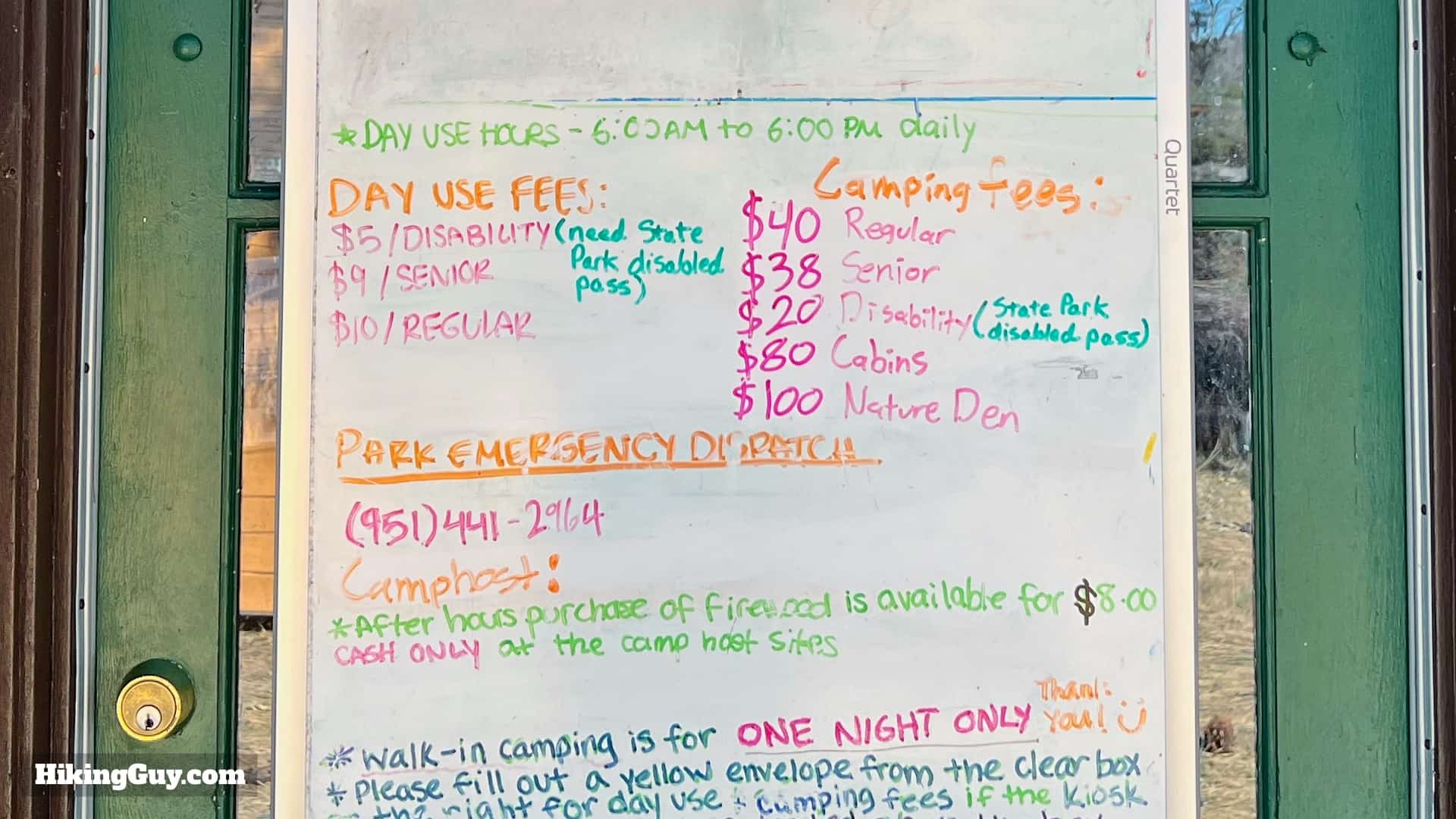
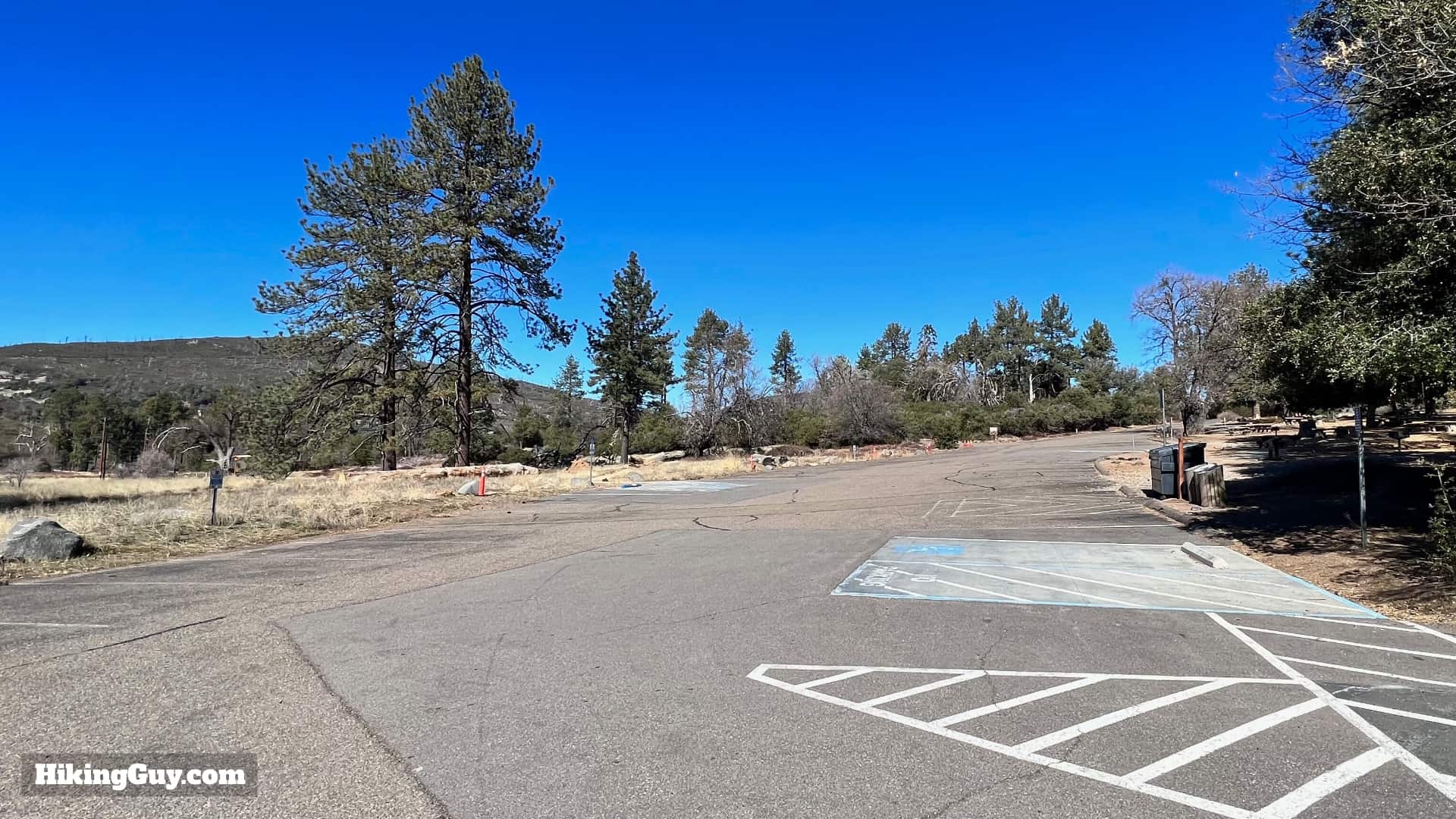
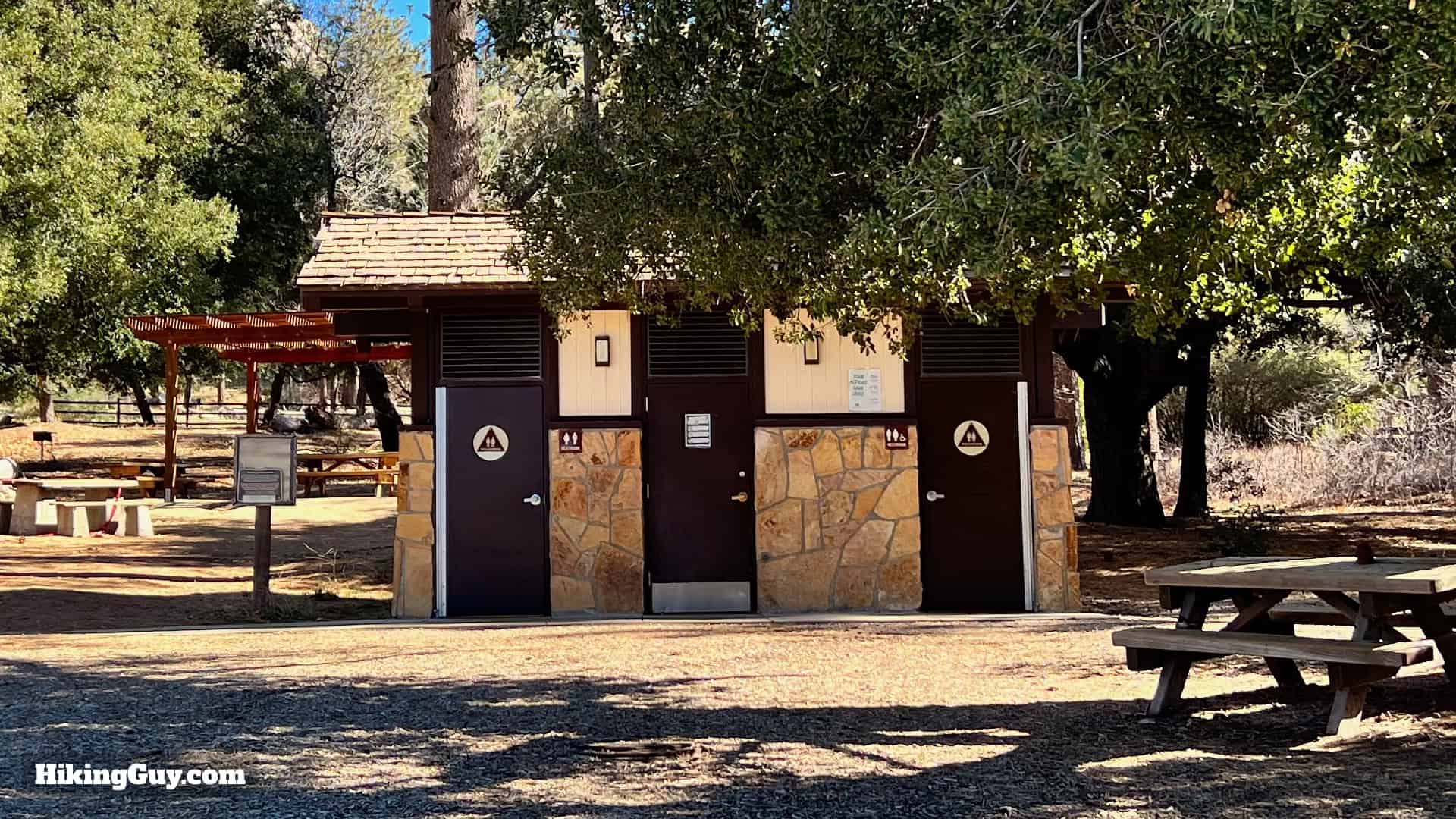
To start the hike, go back to the campground entrance and cross the street.
Gear For the Hike
The trail is well maintained, gradual, and easy to follow, and you don't need any special gear to hike Stonewall. Most people do it in fitness clothes or light hiking gear. It can get very hot in the summer, and there's occasional snow in the winter. Bringing 1L of water is a smart move.
Essentials I’m Using Now
- Garmin inReach Mini 2: Reliable SOS Everywhere on Earth
- Sawyer + CNOC Water Filter: Easy & Reliable Safe Water
- Nitecore NU25 Headlamp: Running late? Get home safe
- Altra Olympus 275: Favorite trail shoes right now, no blisters and very comfy.
- AllTrails Plus (30% off): Offline maps on your phone with the Plus level
- Full December 2025 Gear List →
Stonewall Peak Trail Maps
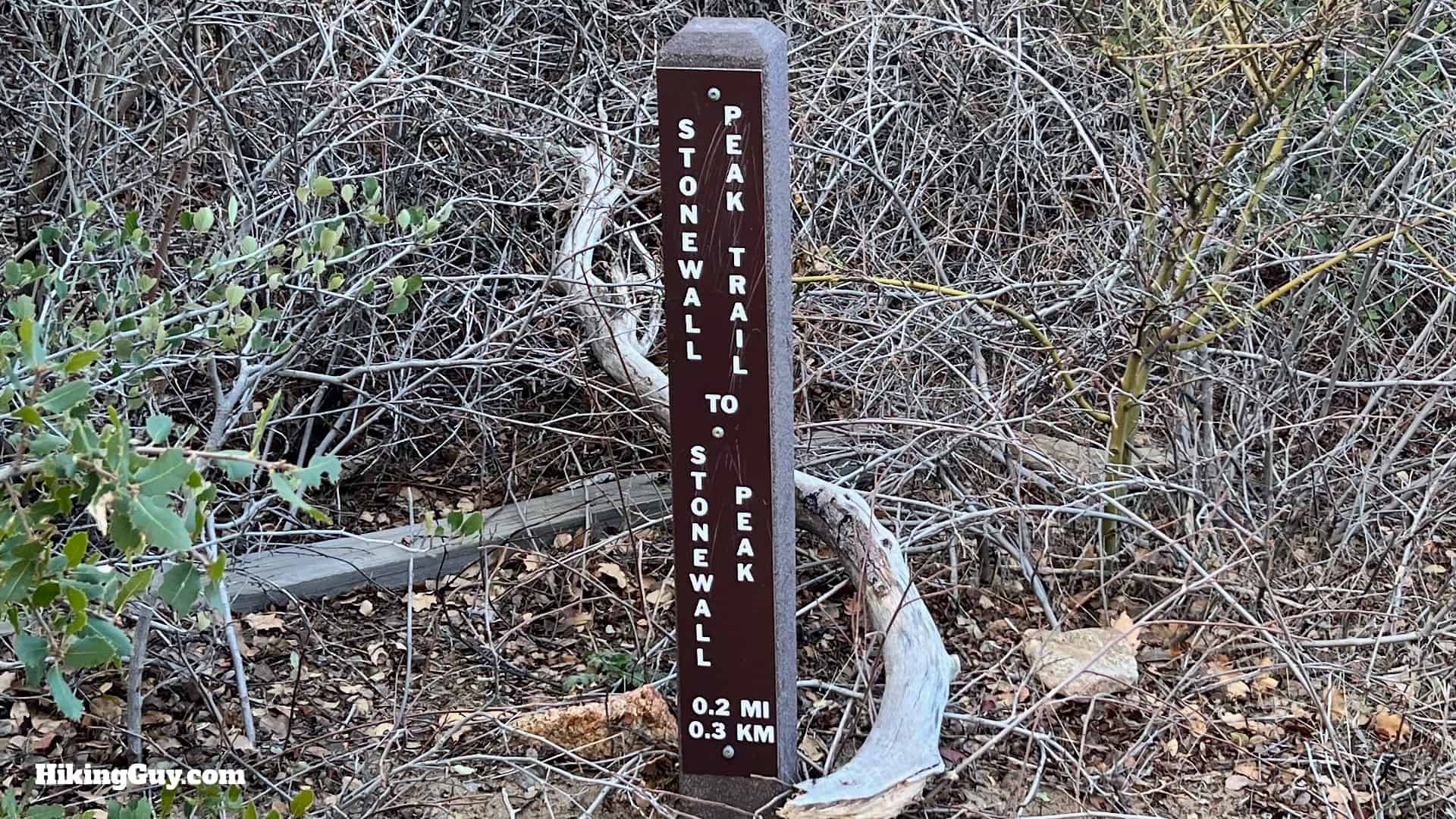
The hike to the summit of Stonewall Peak is a standard out and back. I've also included an optional loop back that adds an additional mile to the hike but brings you on some quieter trails with nice views of Lake Cuyamaca and the peaks to the north.
Elevation Profile
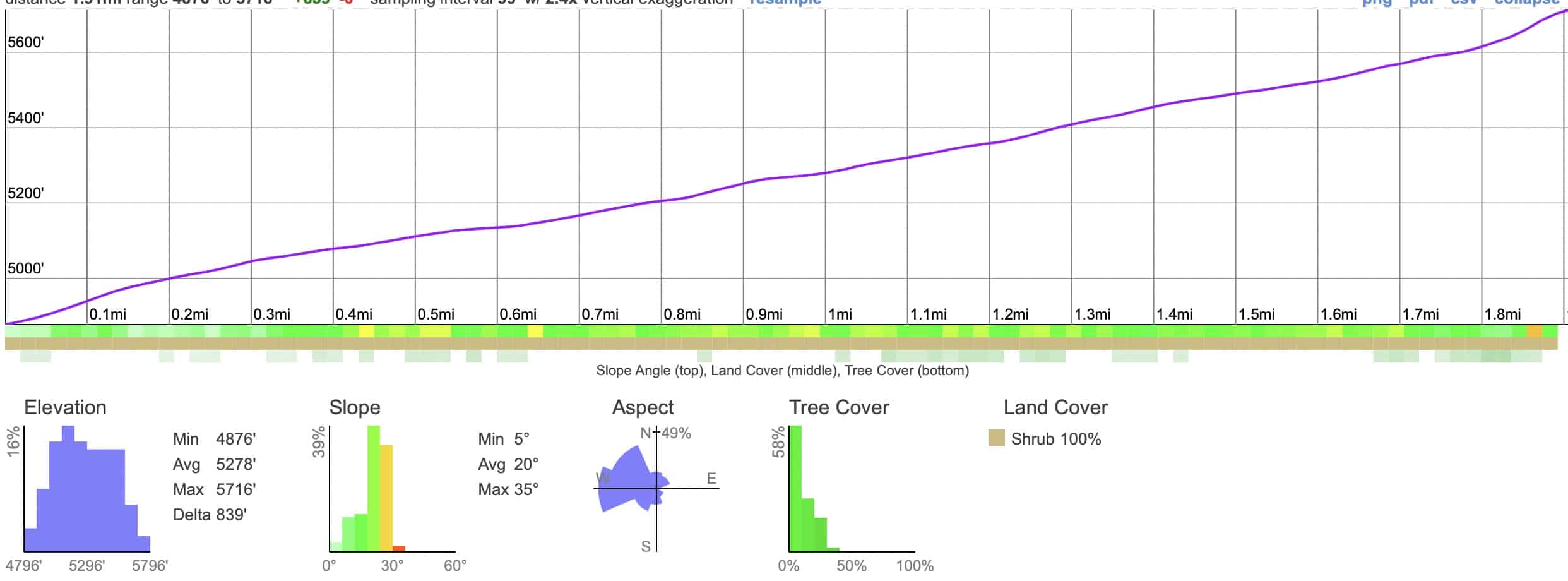
3D Map
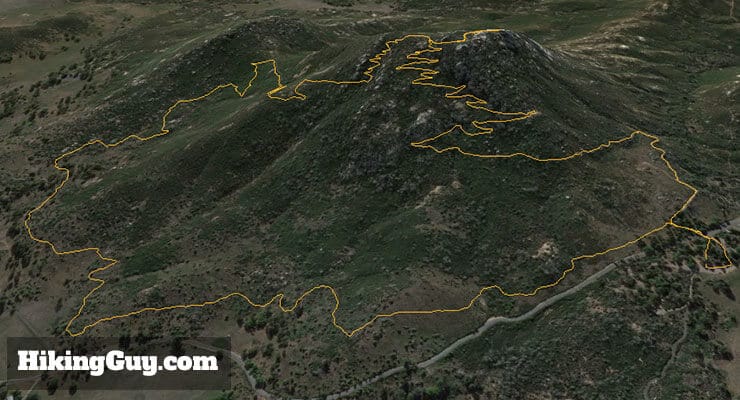
Why Is It Called Stonewall Mountain?
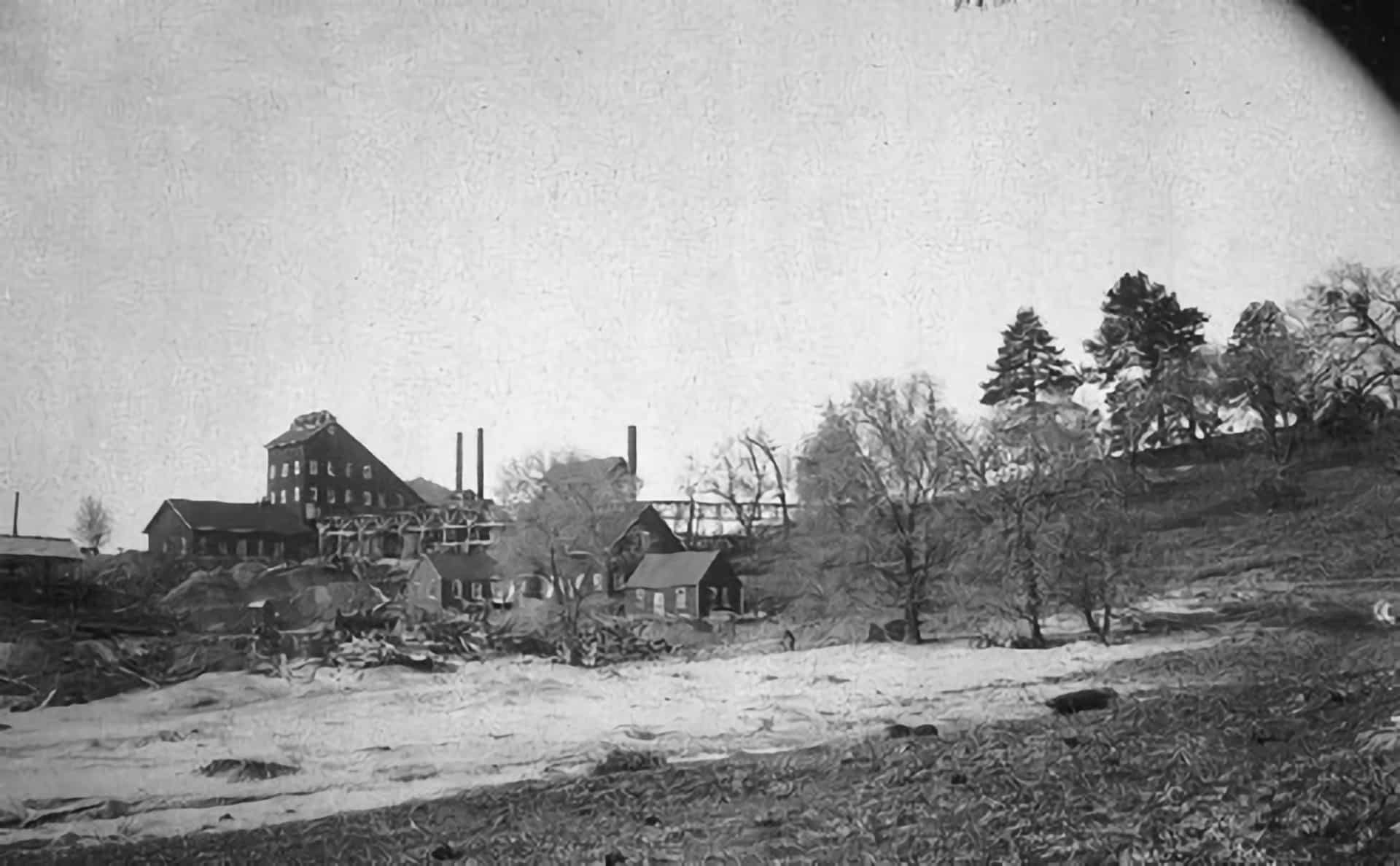
- Gold was discovered in this area in 1869 by a former slave, Frederick Coleman.
- The town of Julian emerged as a wild-west frontier gold town around this discovery.
- This part of Southern California had a lot of Confederate sympathizers at the time. The town of Julian is named after cousins who moved here from Georgia after serving in the Confederate army.
- After the Civil War many Confederate soldiers relocated to this remote area, seeking anonymity and solitude.
- The Stonewall Mine, originally called the "Stonewall Jackson Mine," was named by the guy who discovered it, a Confederate sympathizer from Tennessee. Nearby landmarks like Stonewall Mountain were named after the prominent mine.
- Who knows if it will be continued to be called Stonewall Peak? I guess we'll see.
Stonewall Mountain Hike Directions
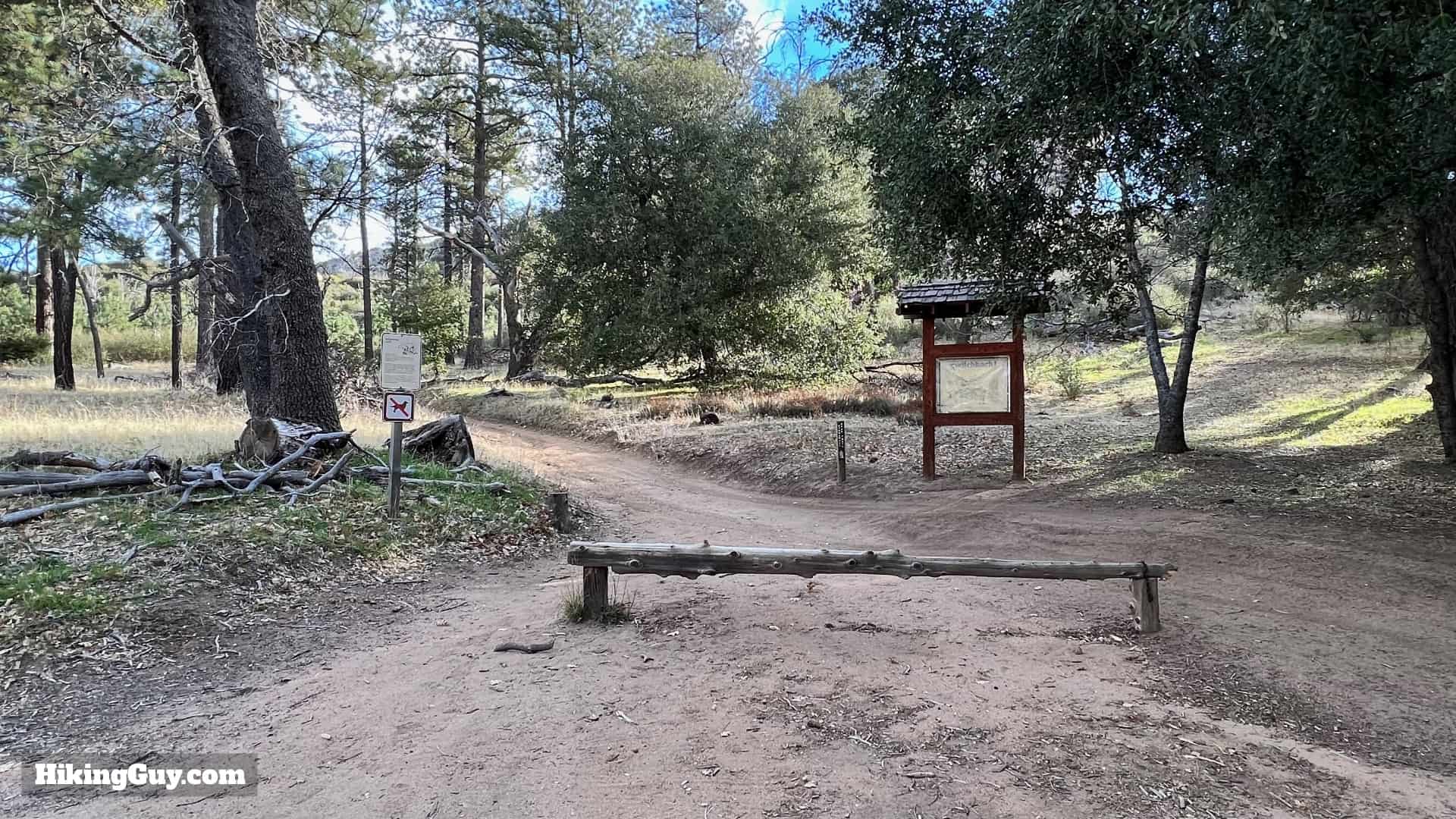
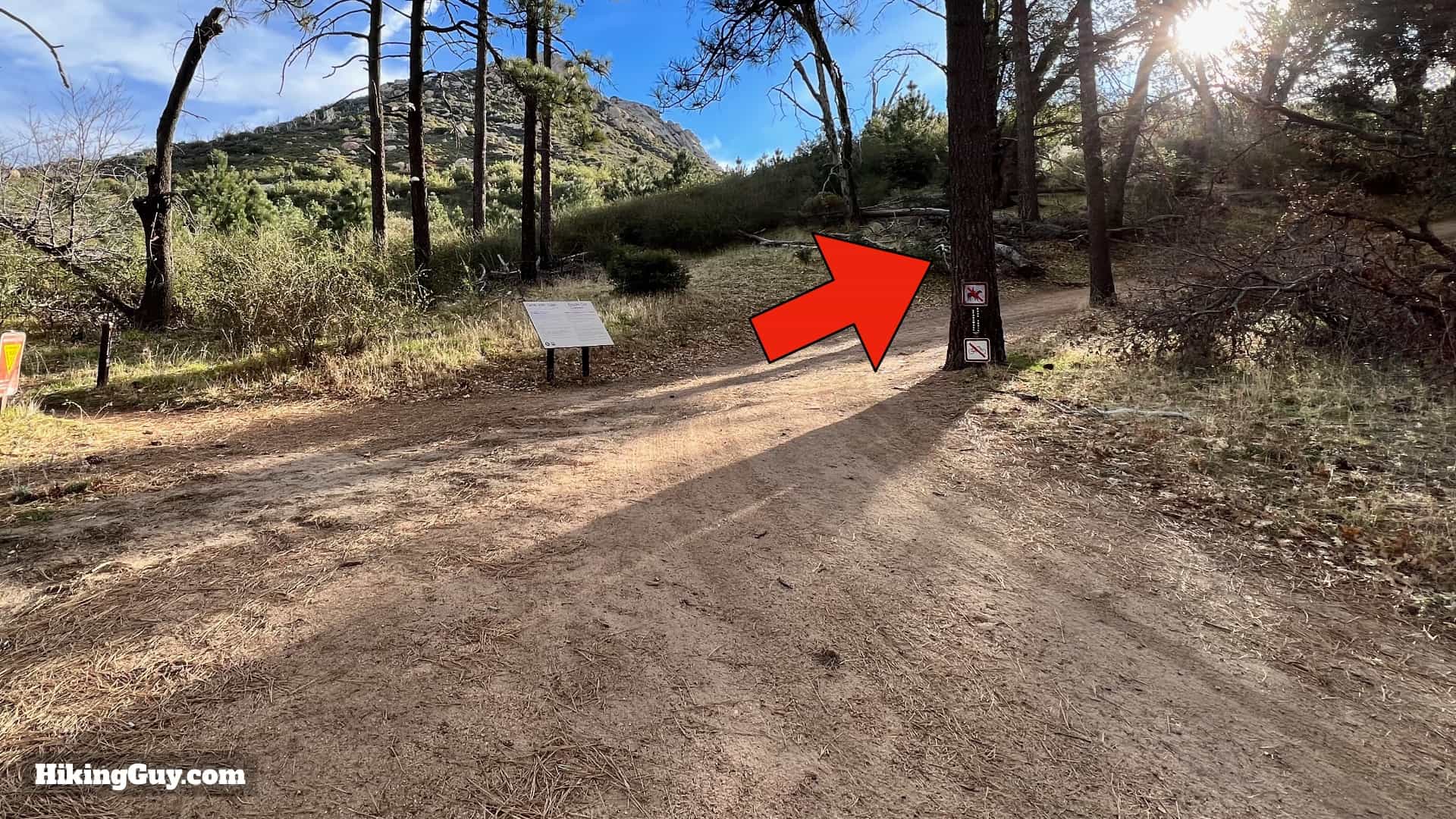
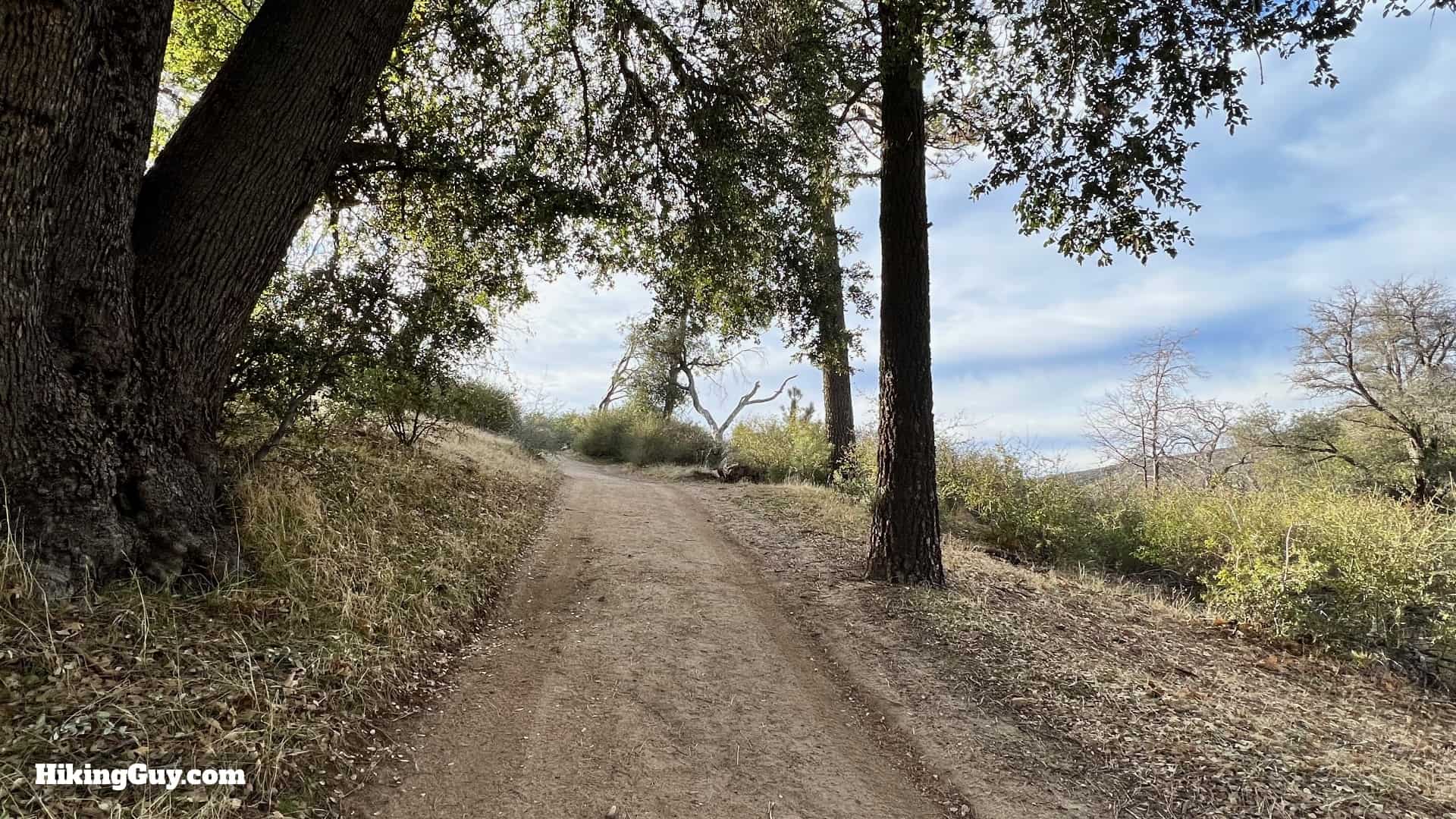
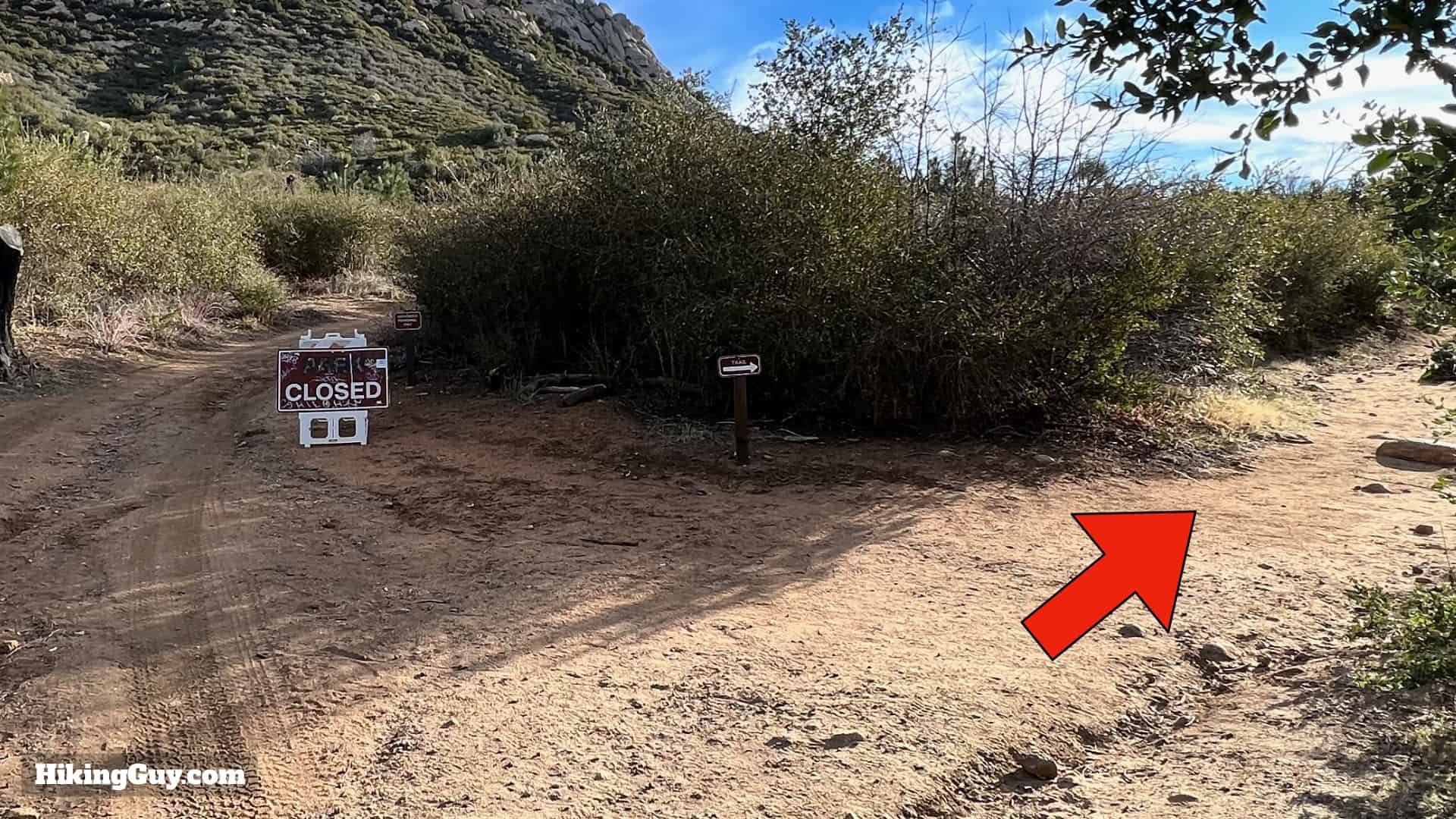
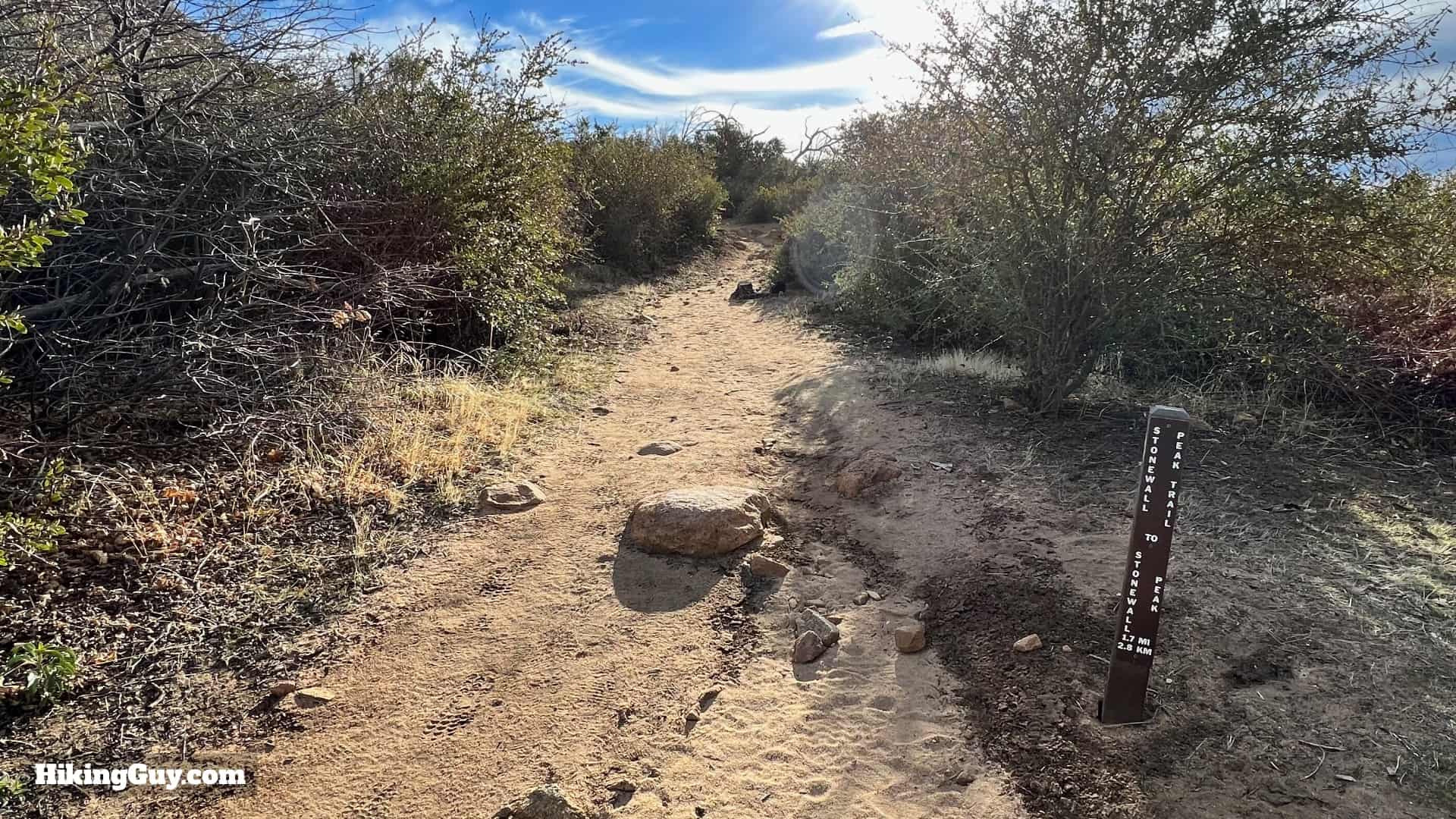
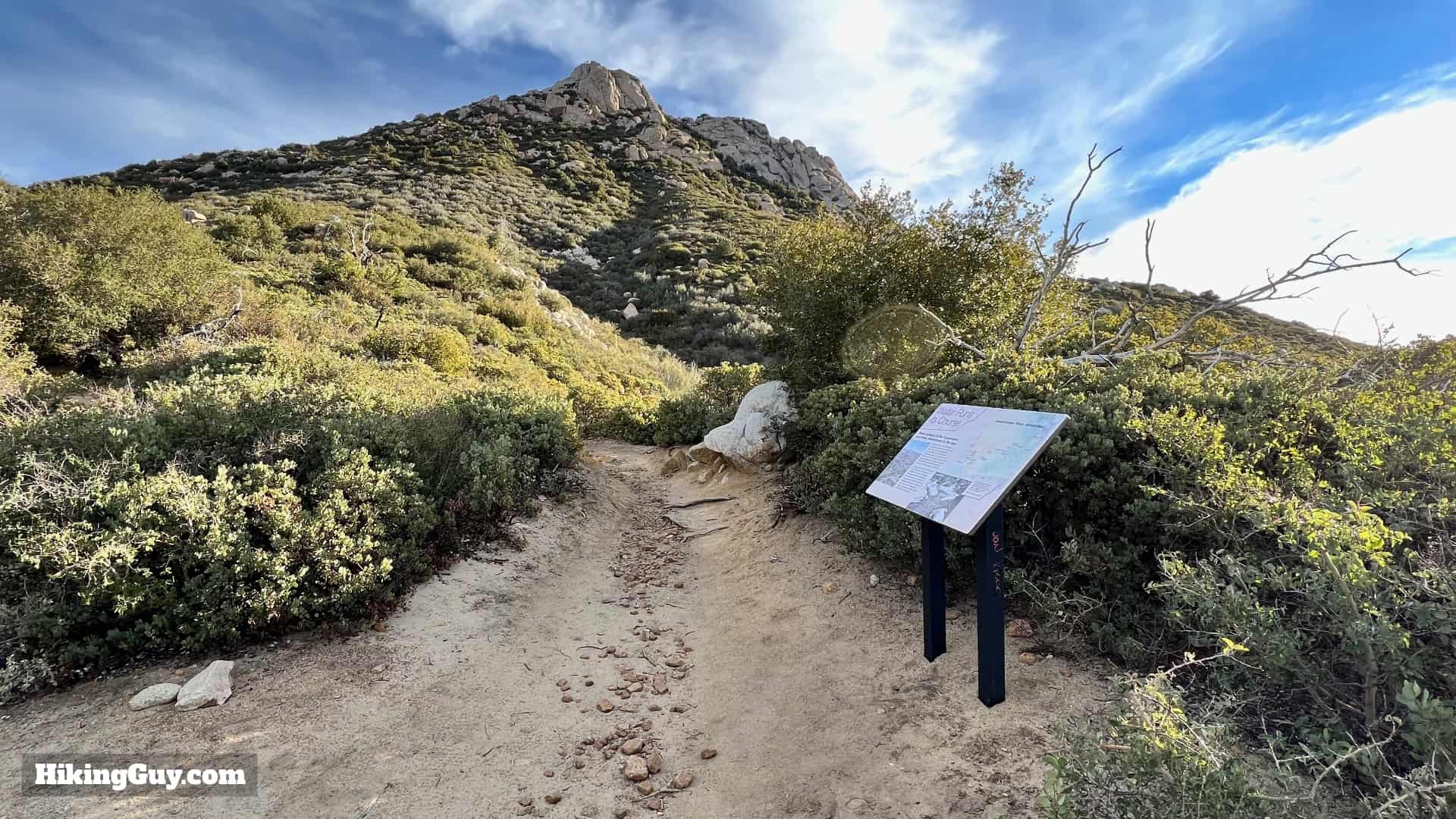
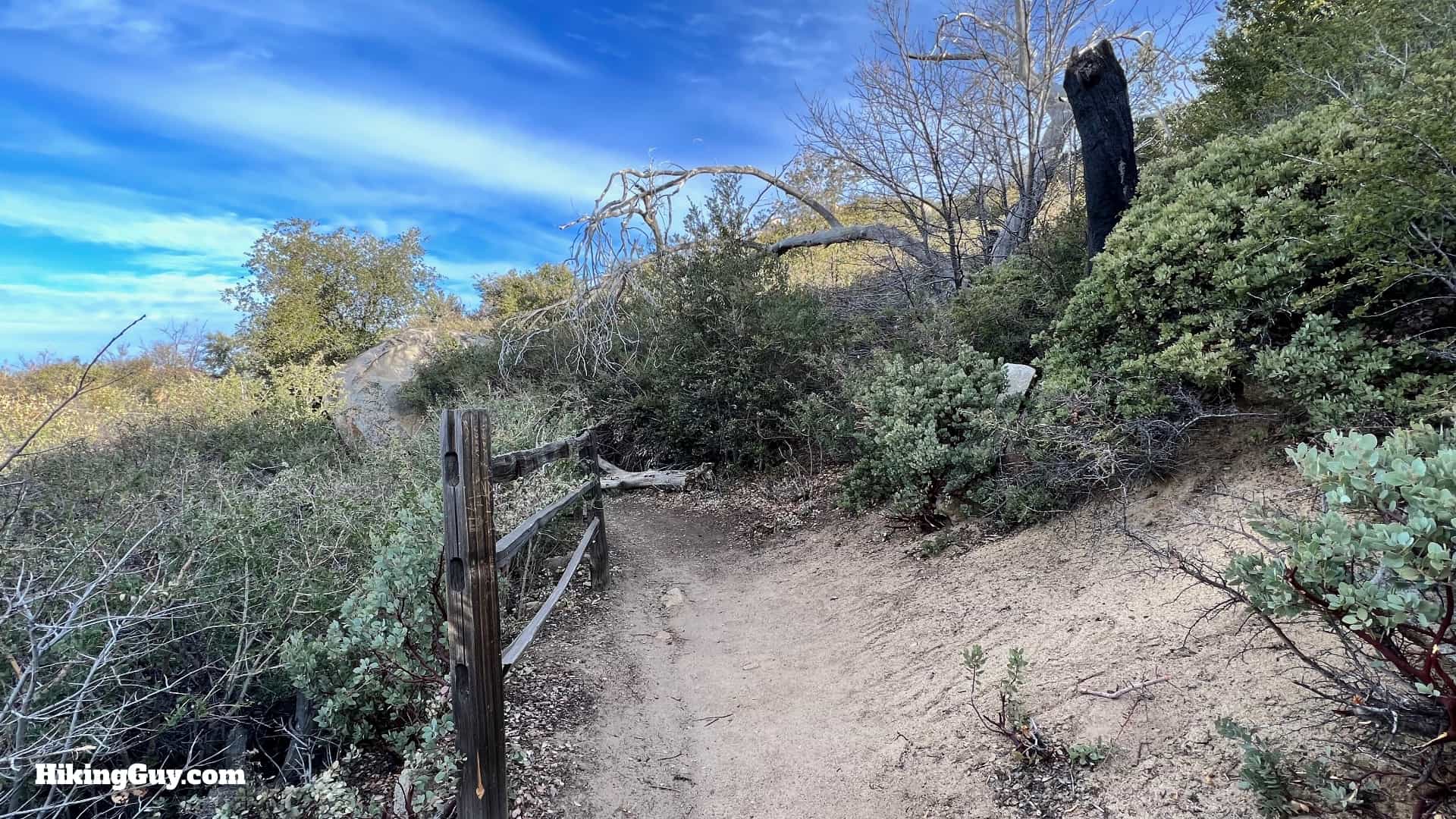
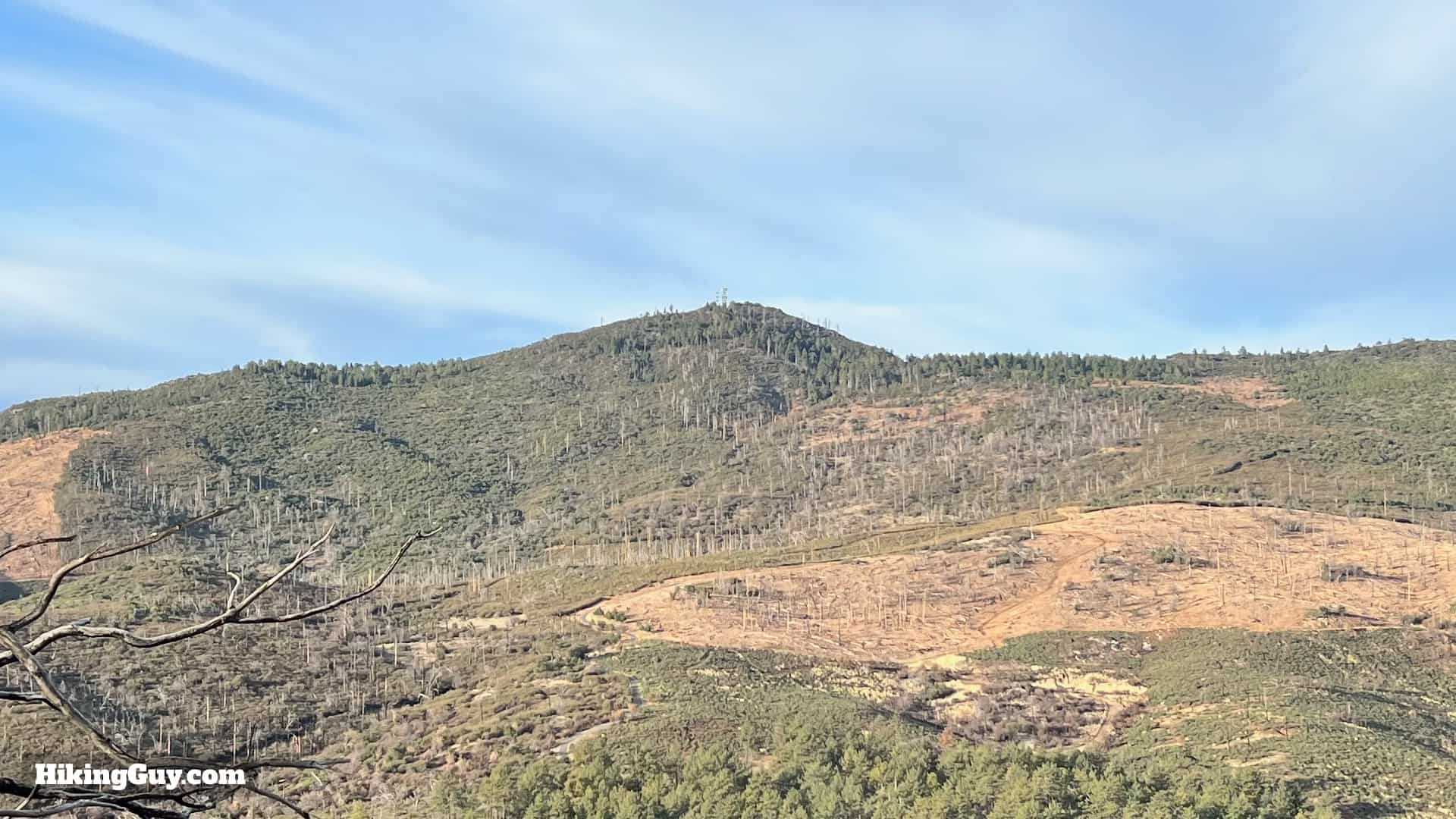
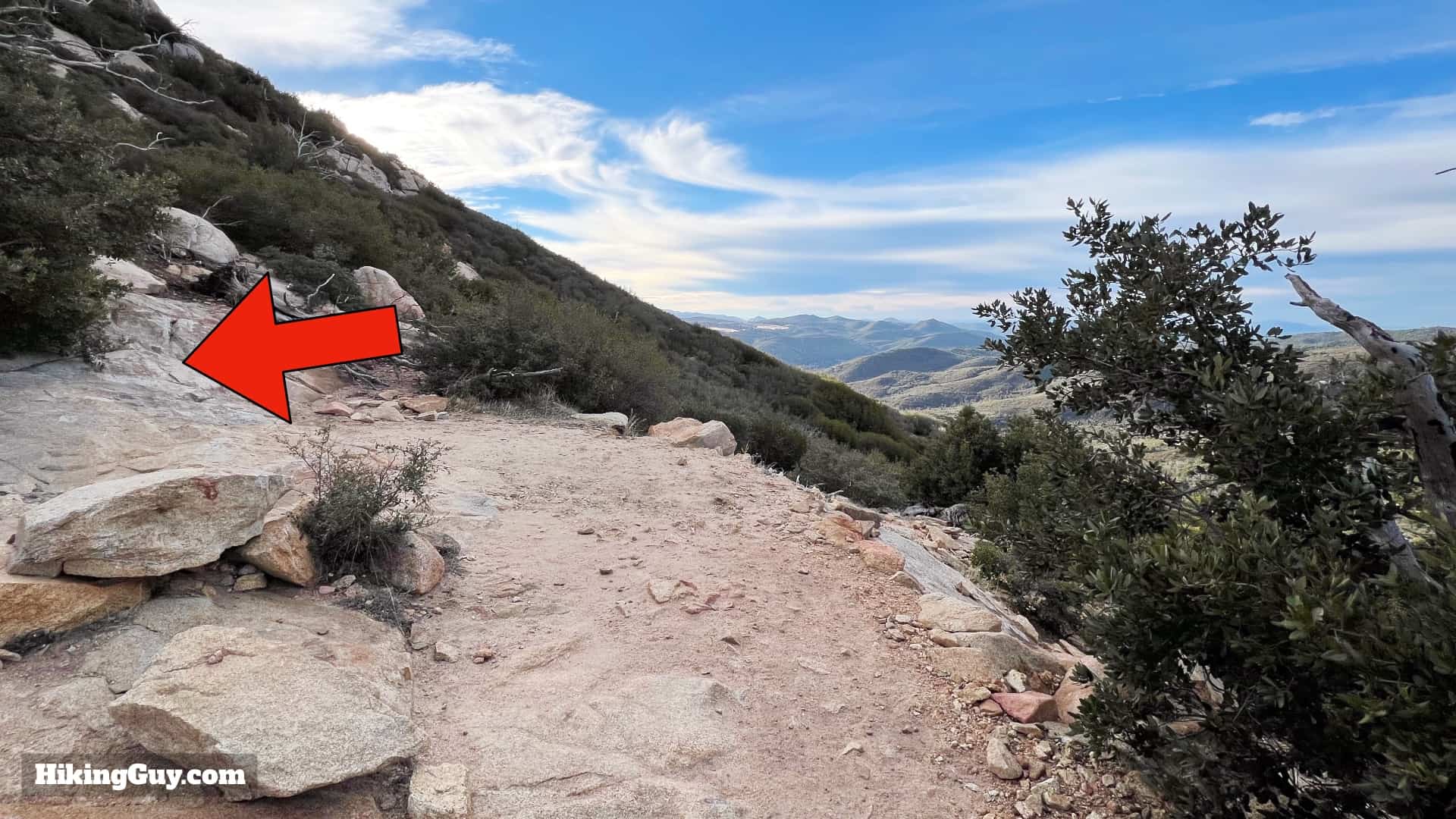
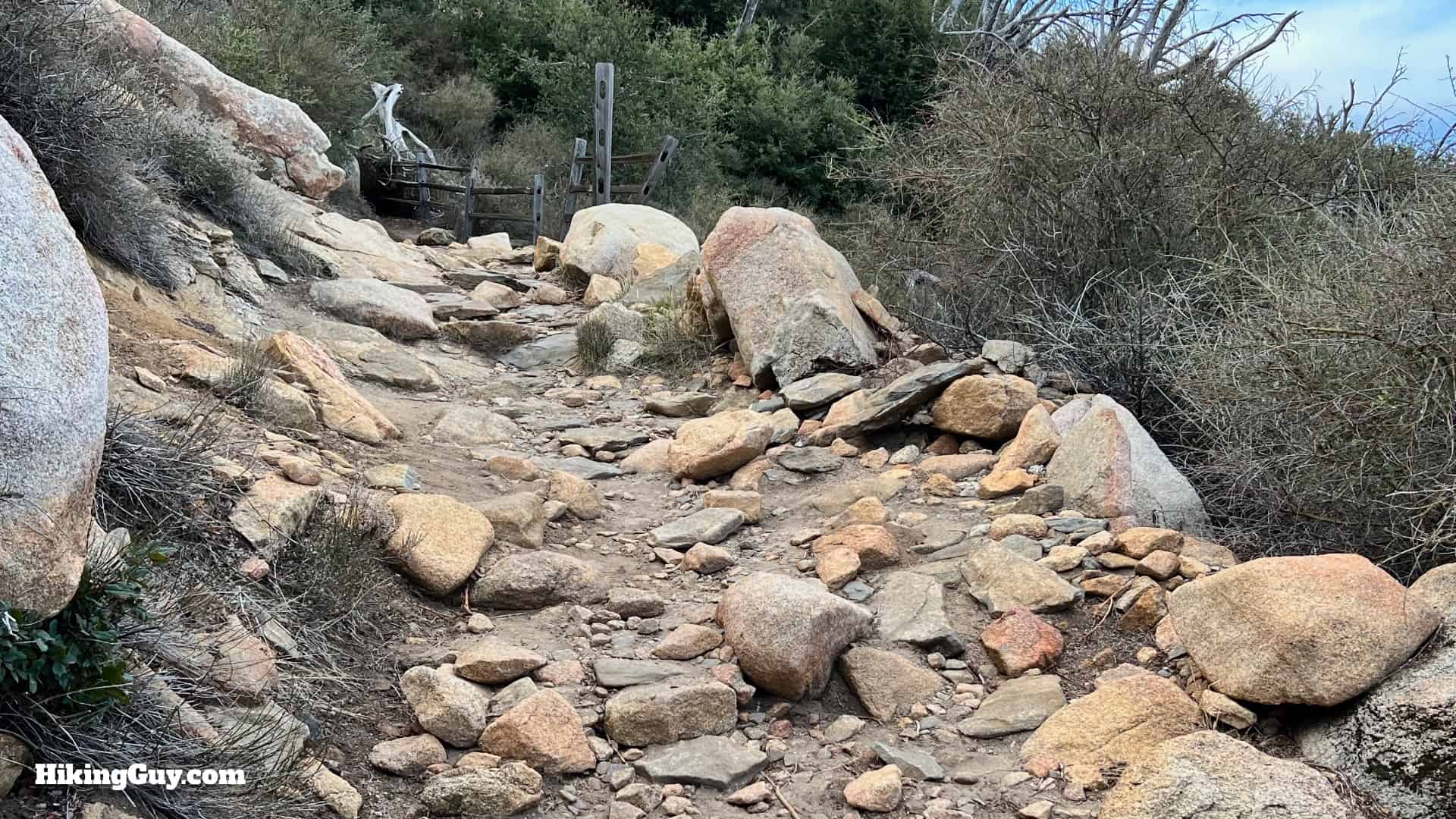
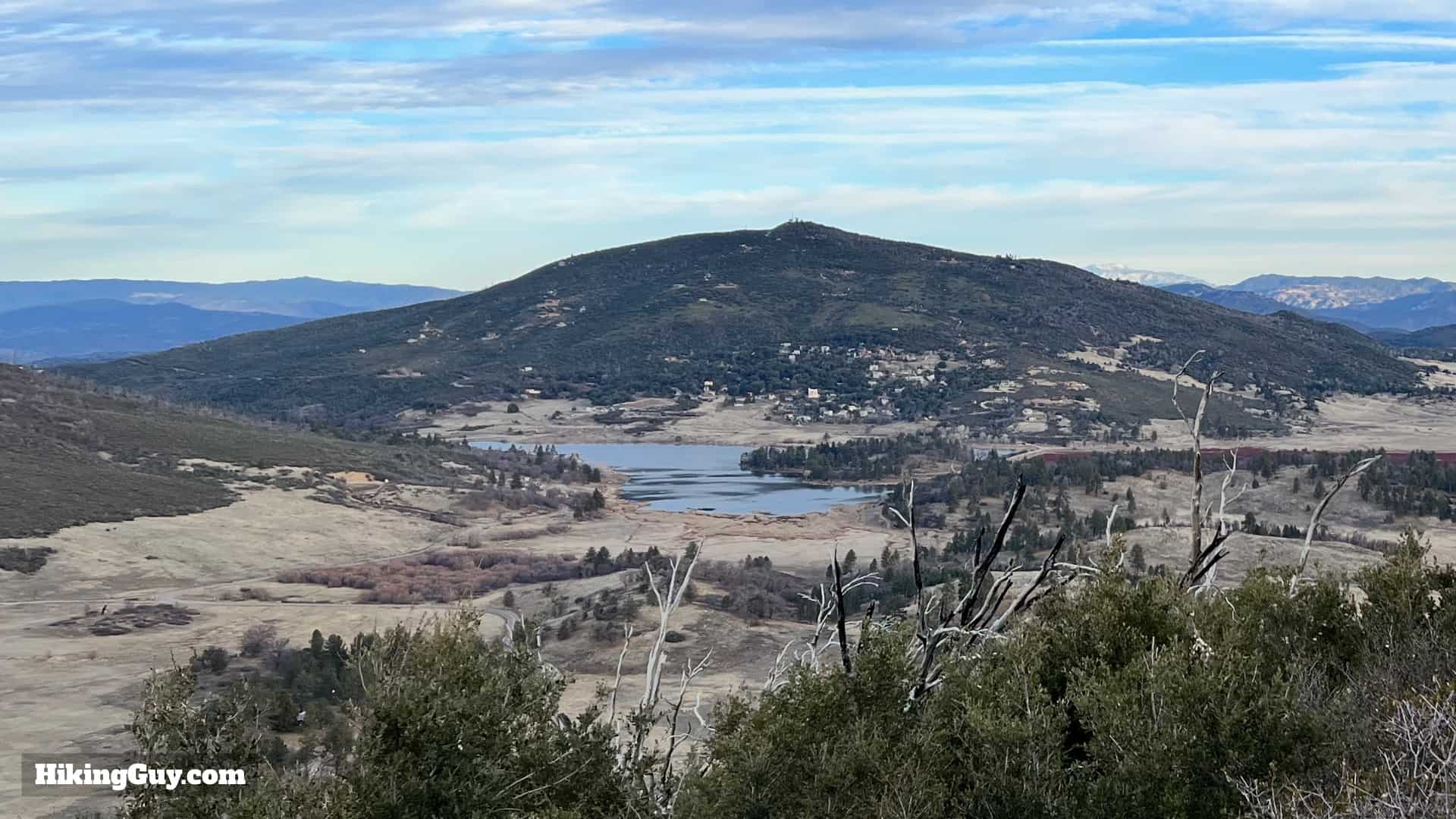
Lake Cuyamaca is manmade. The dam was built in 1888 and the lake supplied water to San Diego using wooden flumes. Today it still serves as a water source for San Diego.
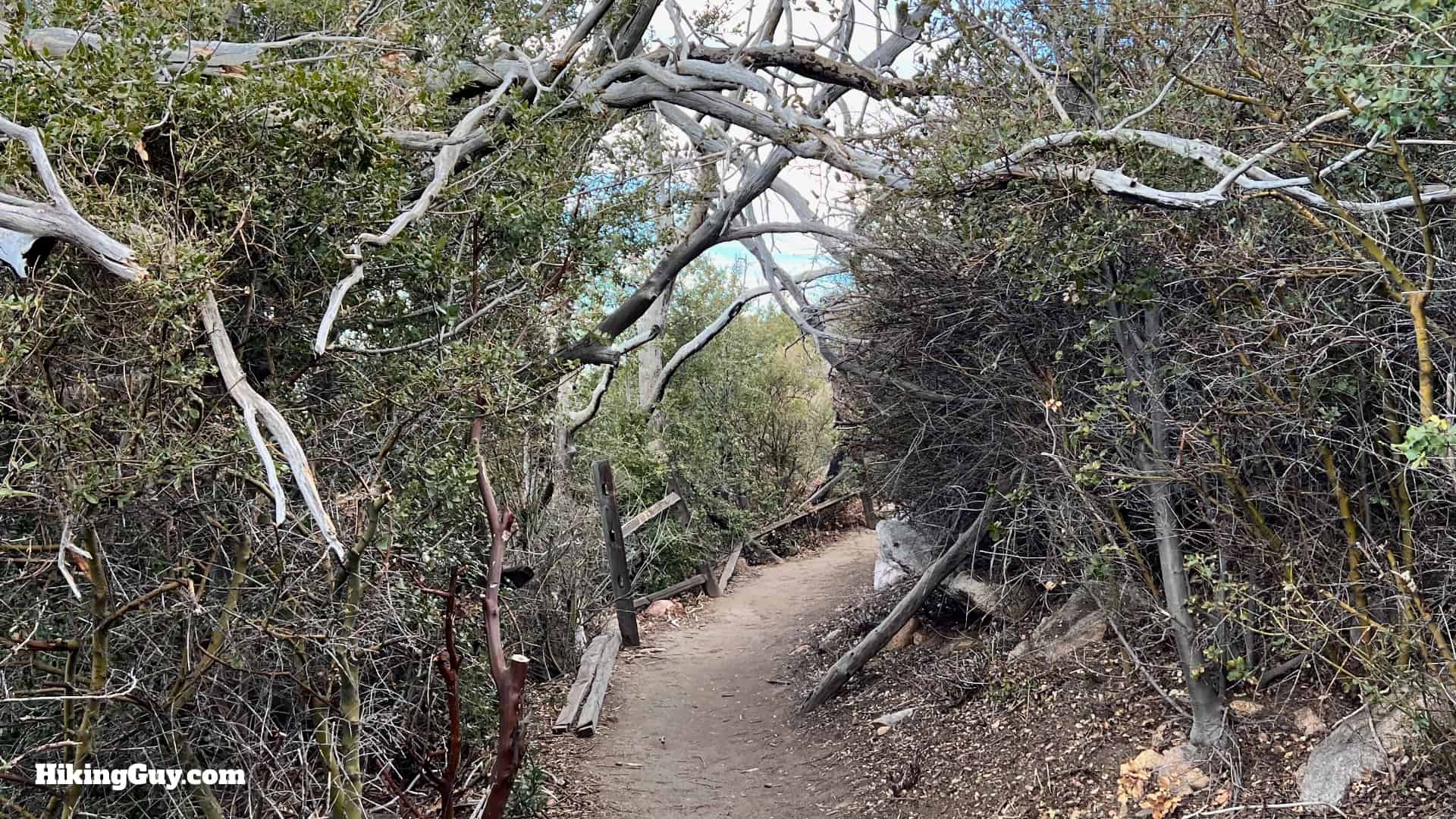
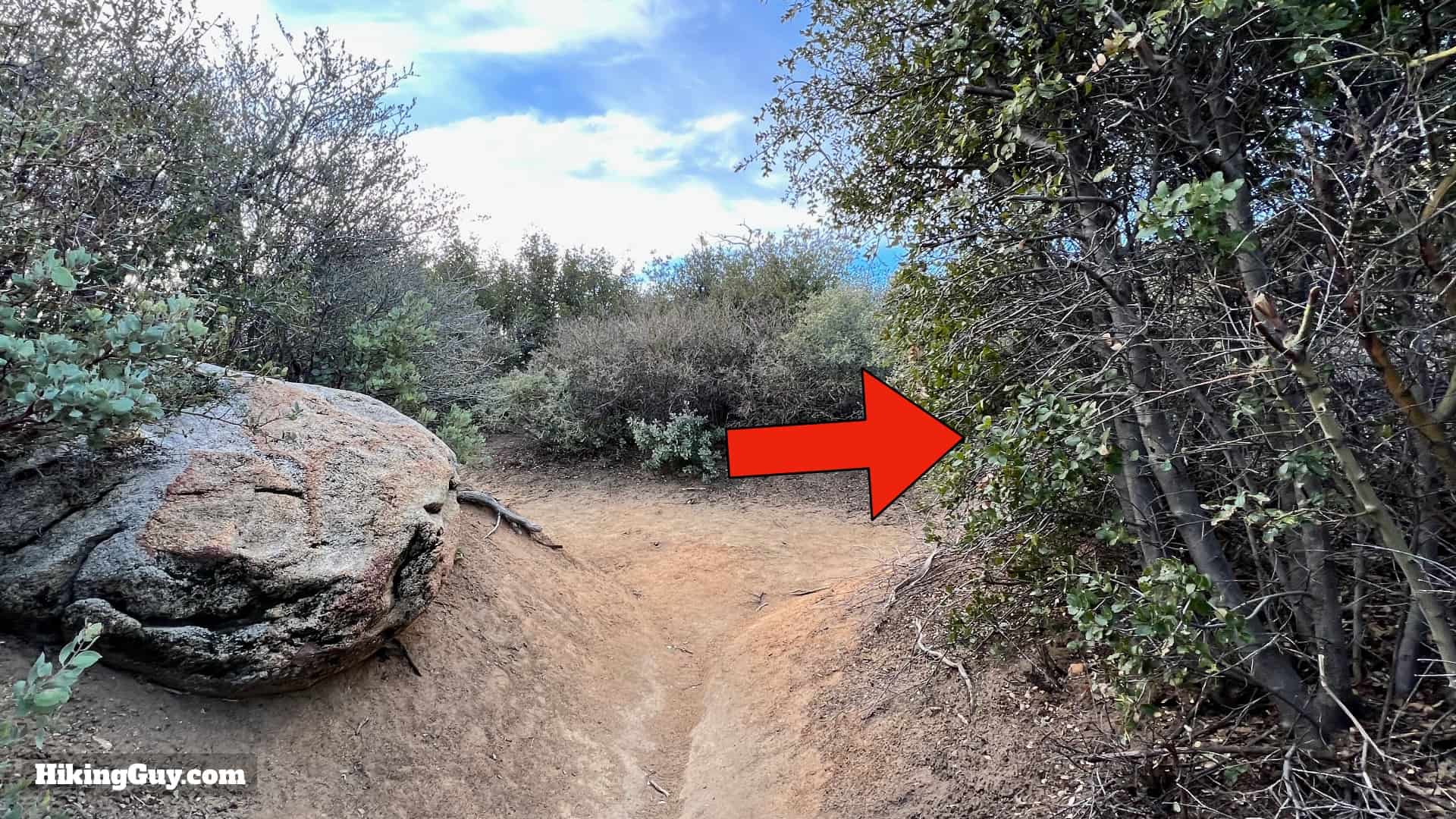
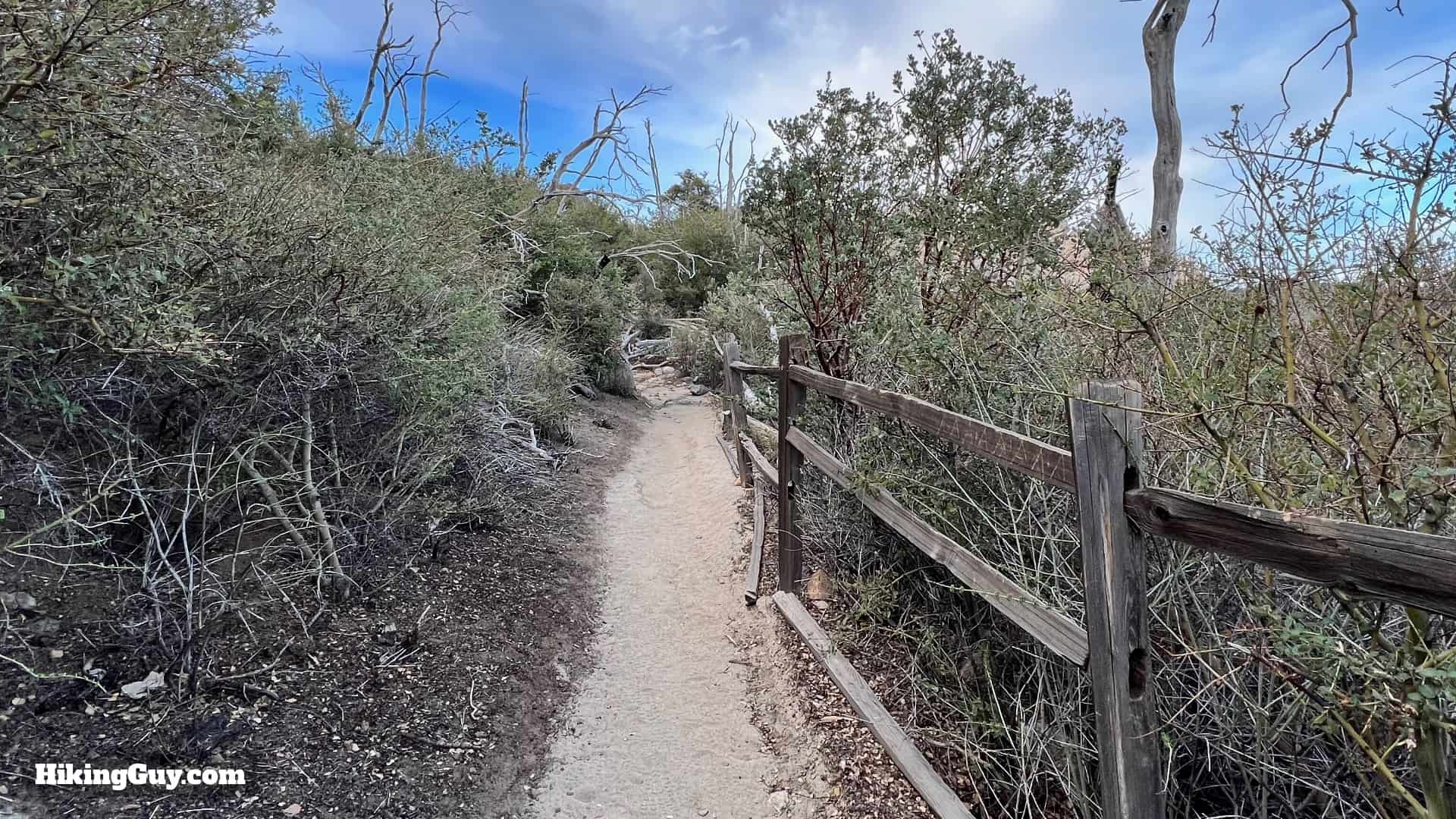
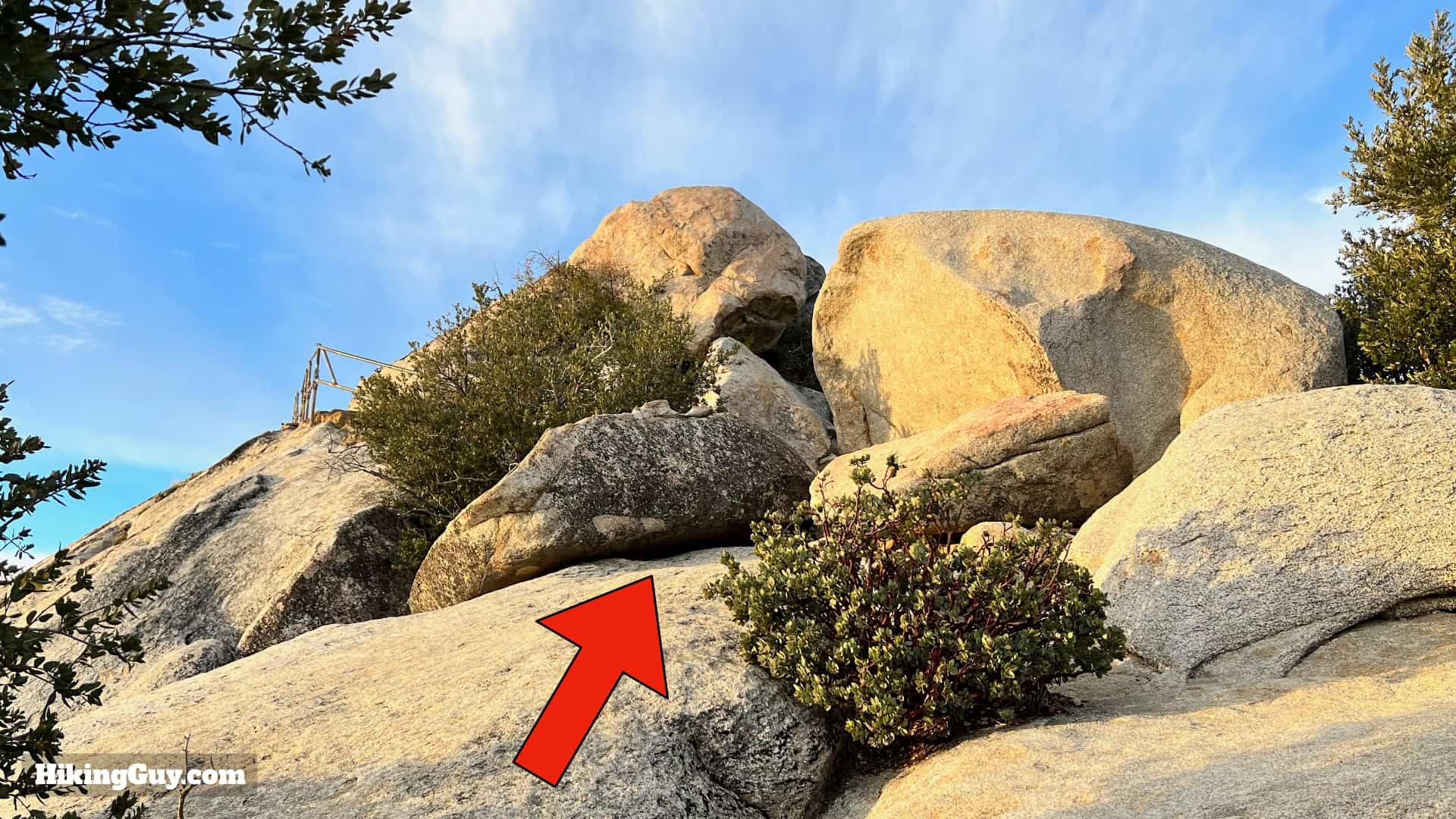
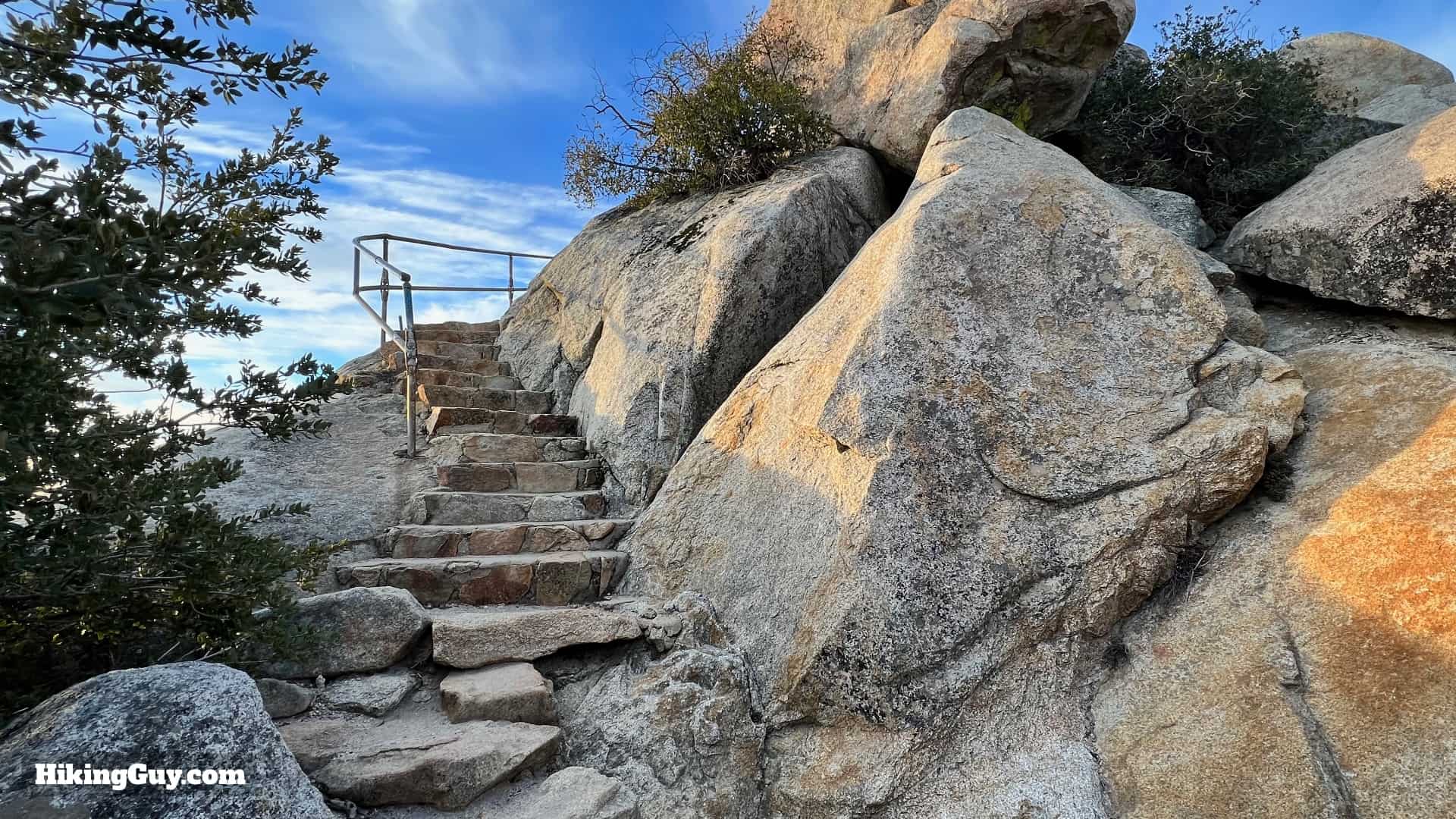
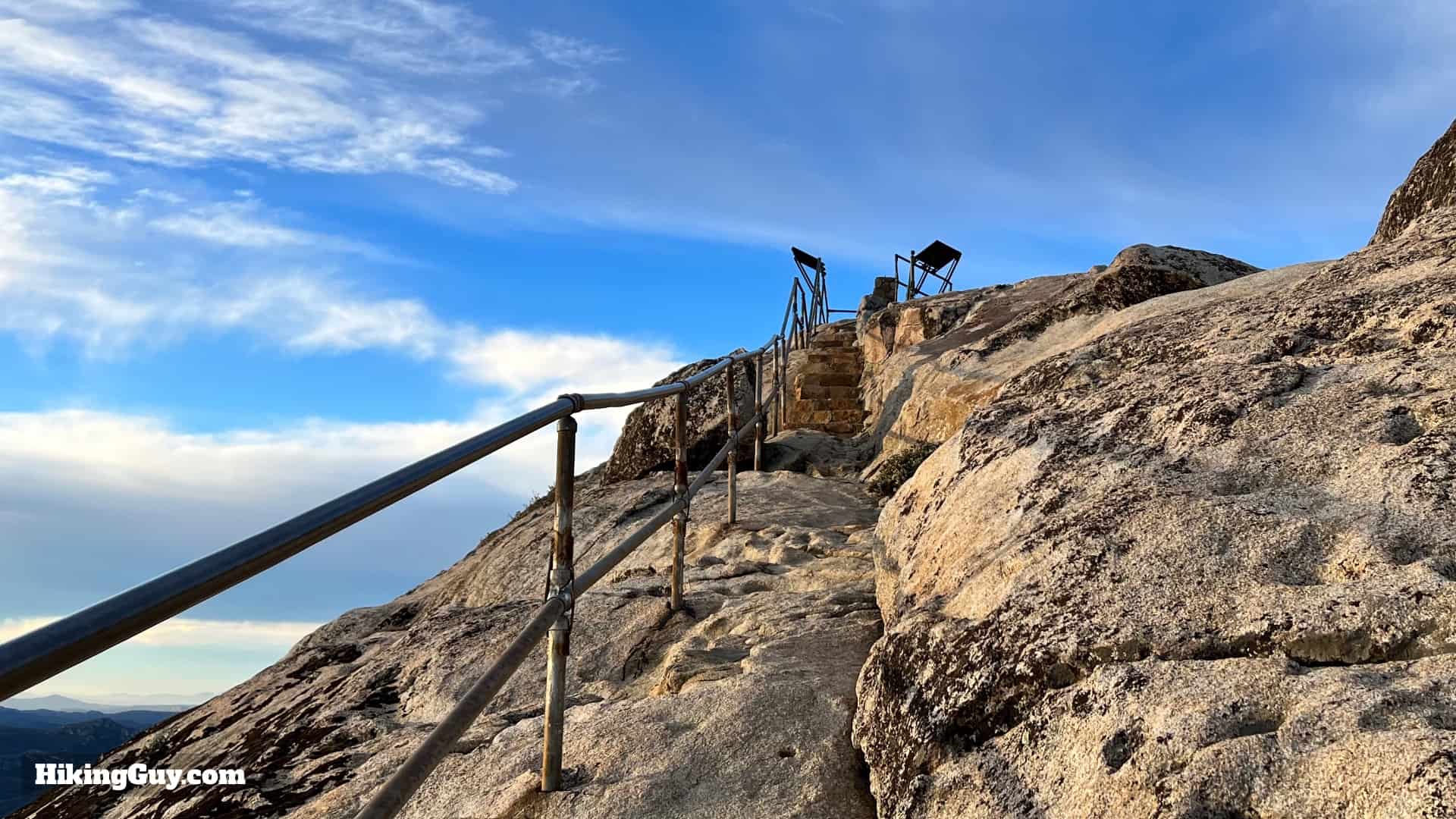
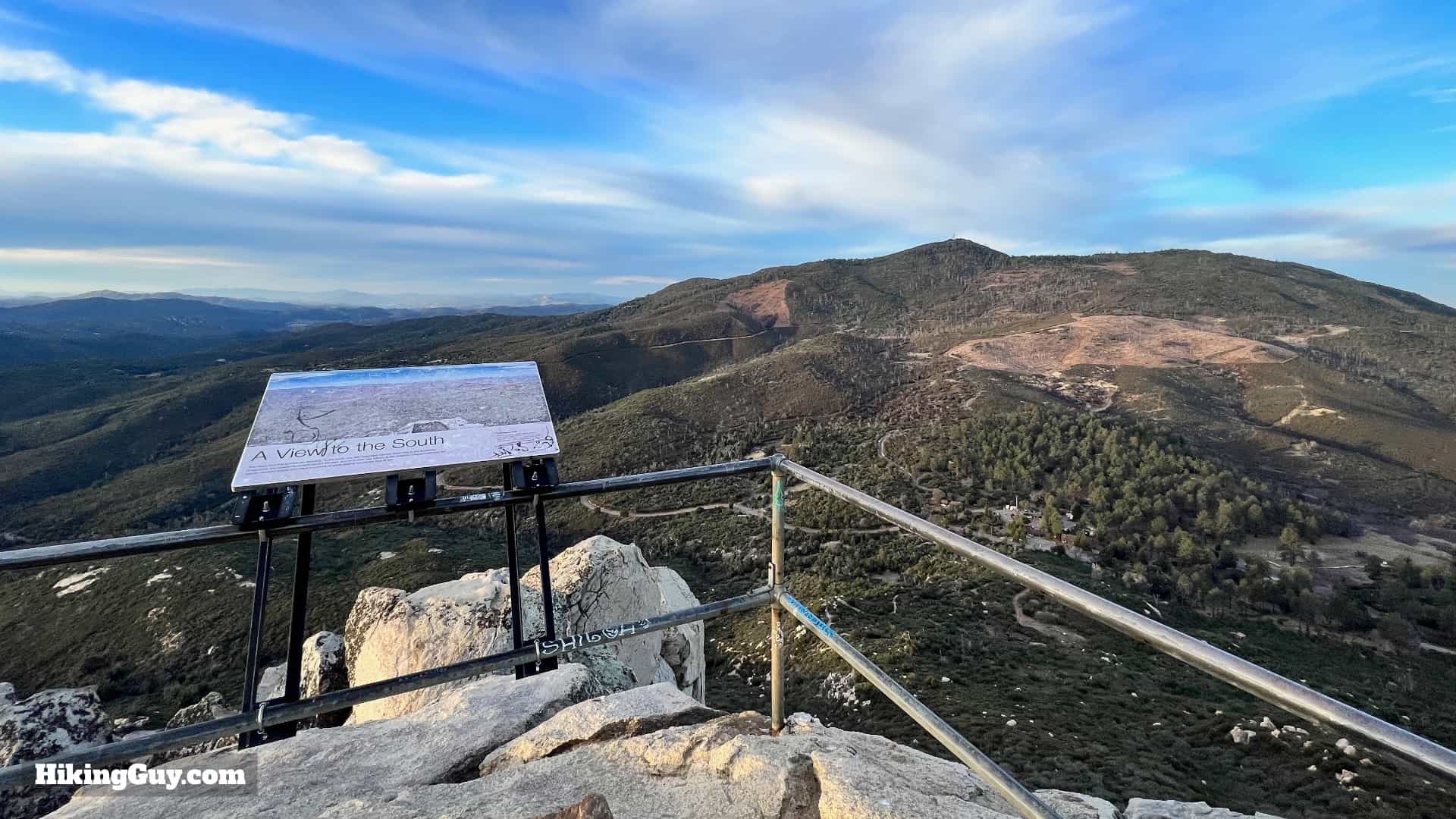
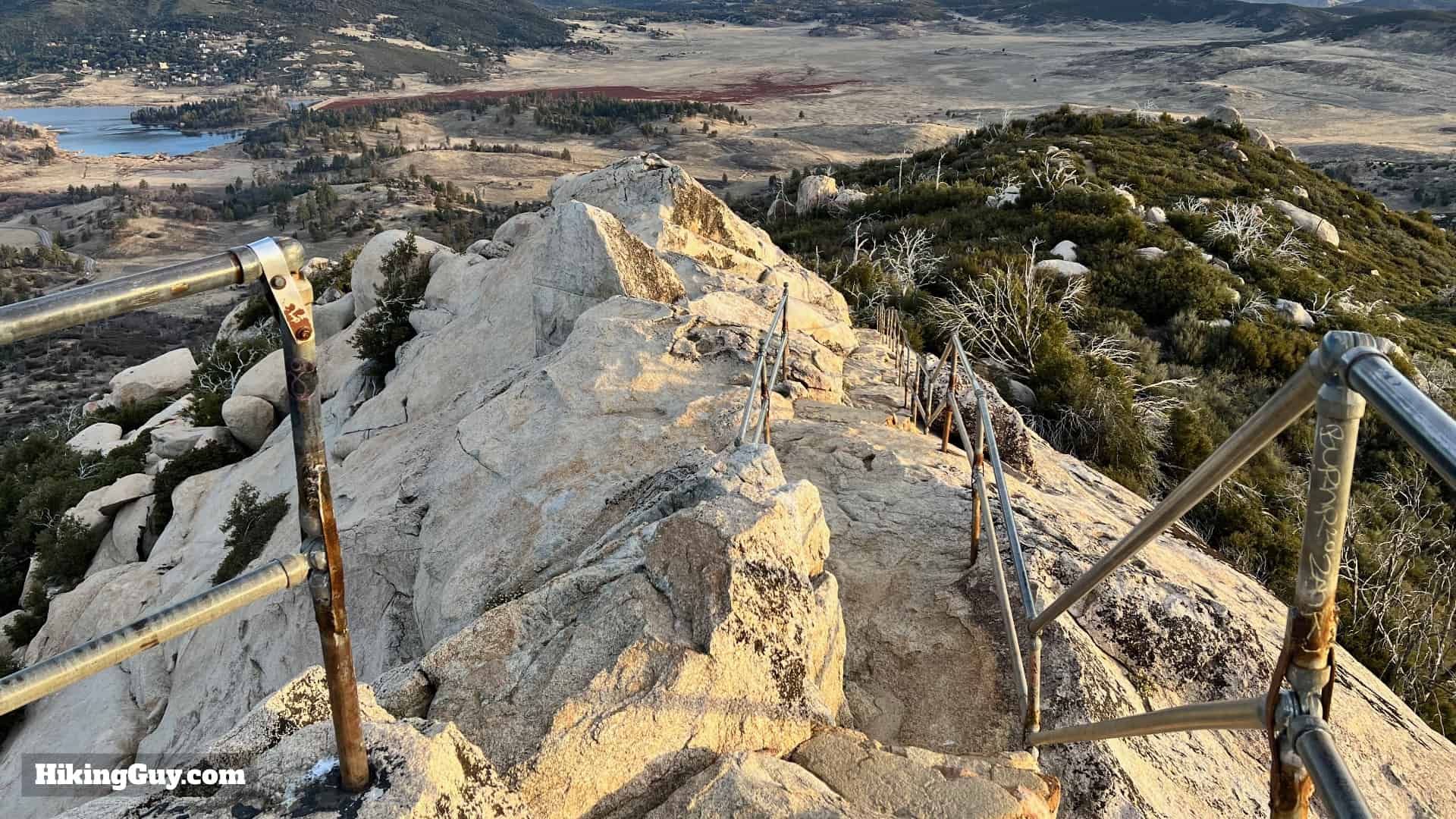
Optional Loop Back
You can simply return the way you came, or if you want to do something different, follow the loop back. The loop is a bit more primitive and leave the crowds behind.
